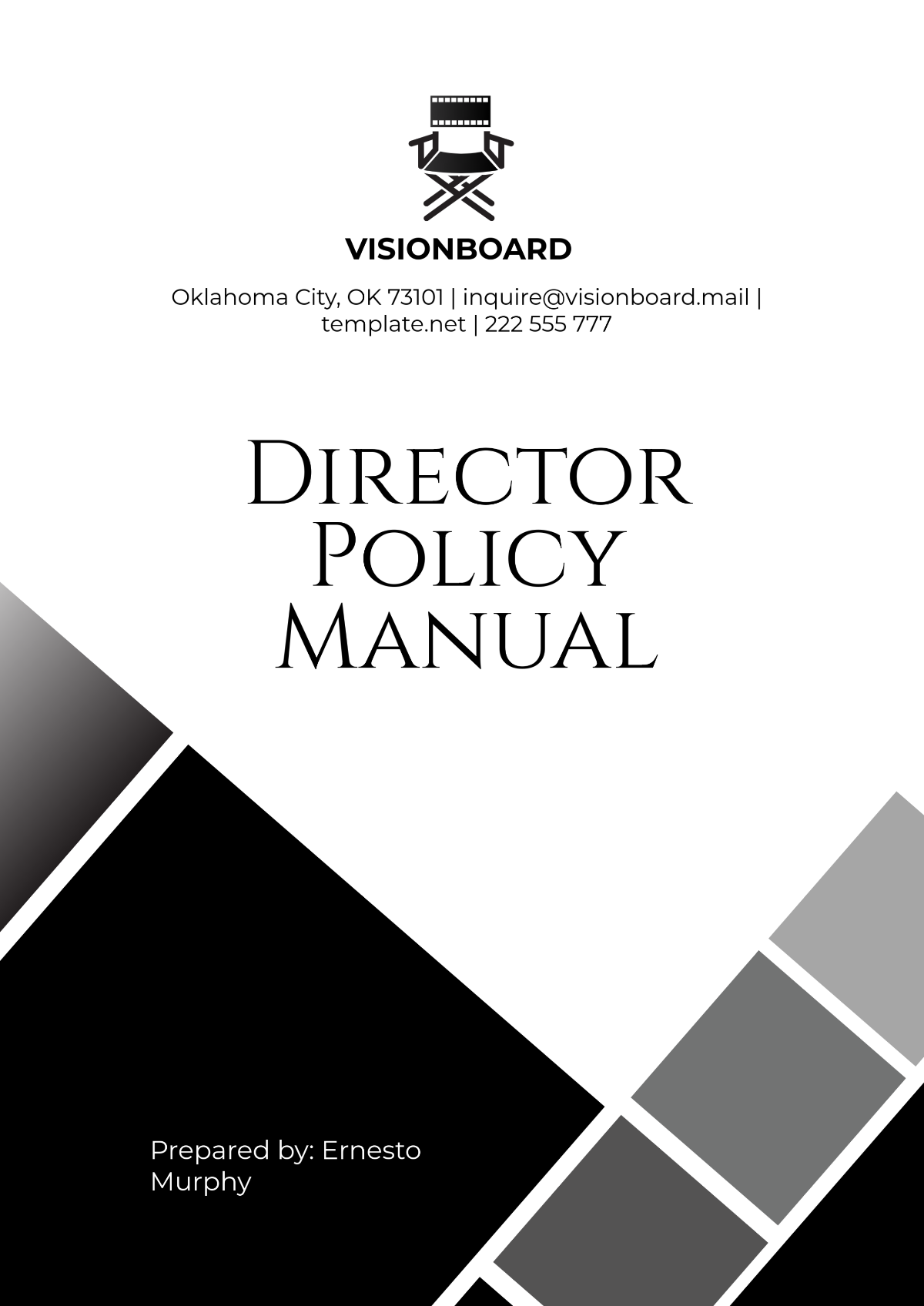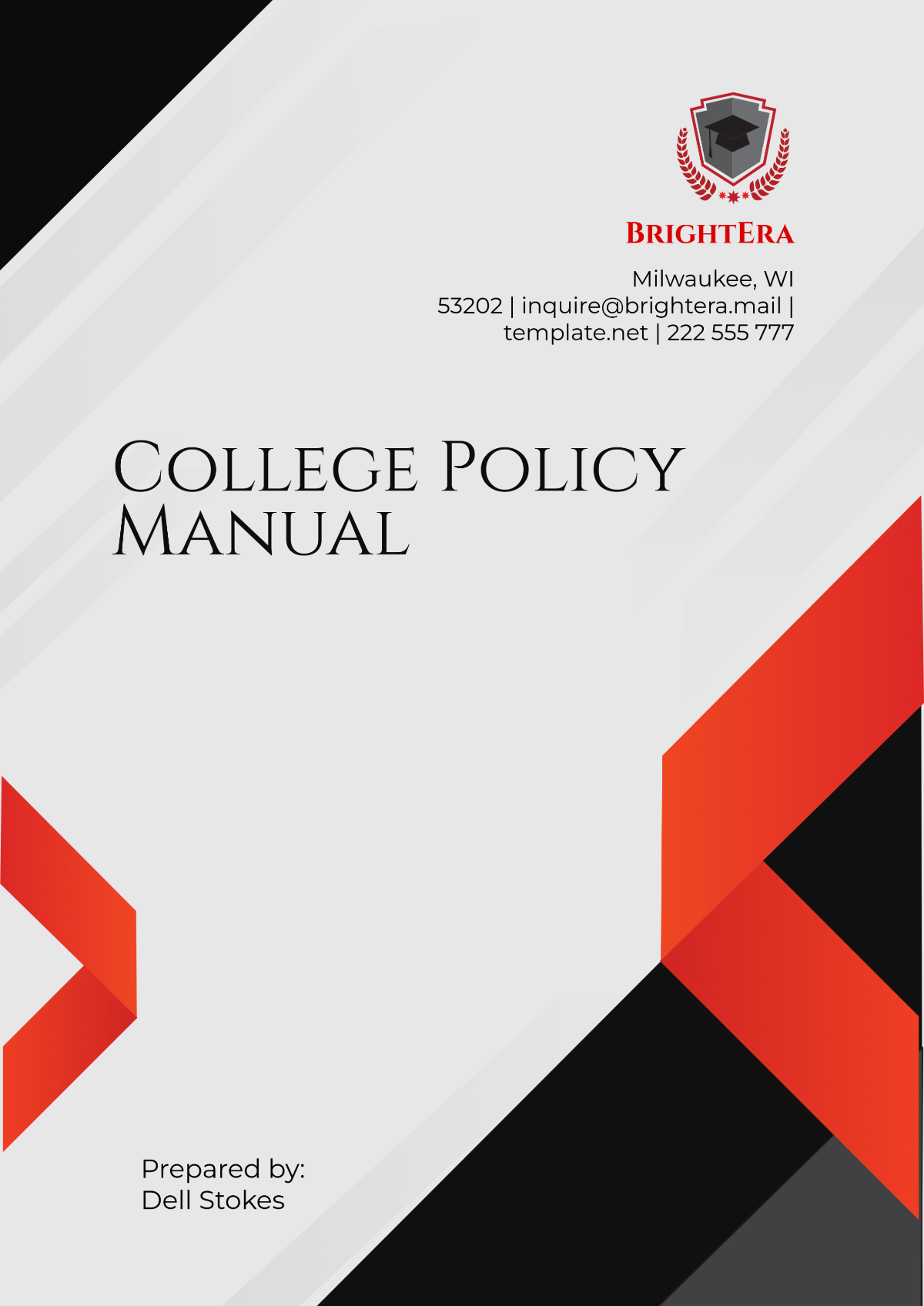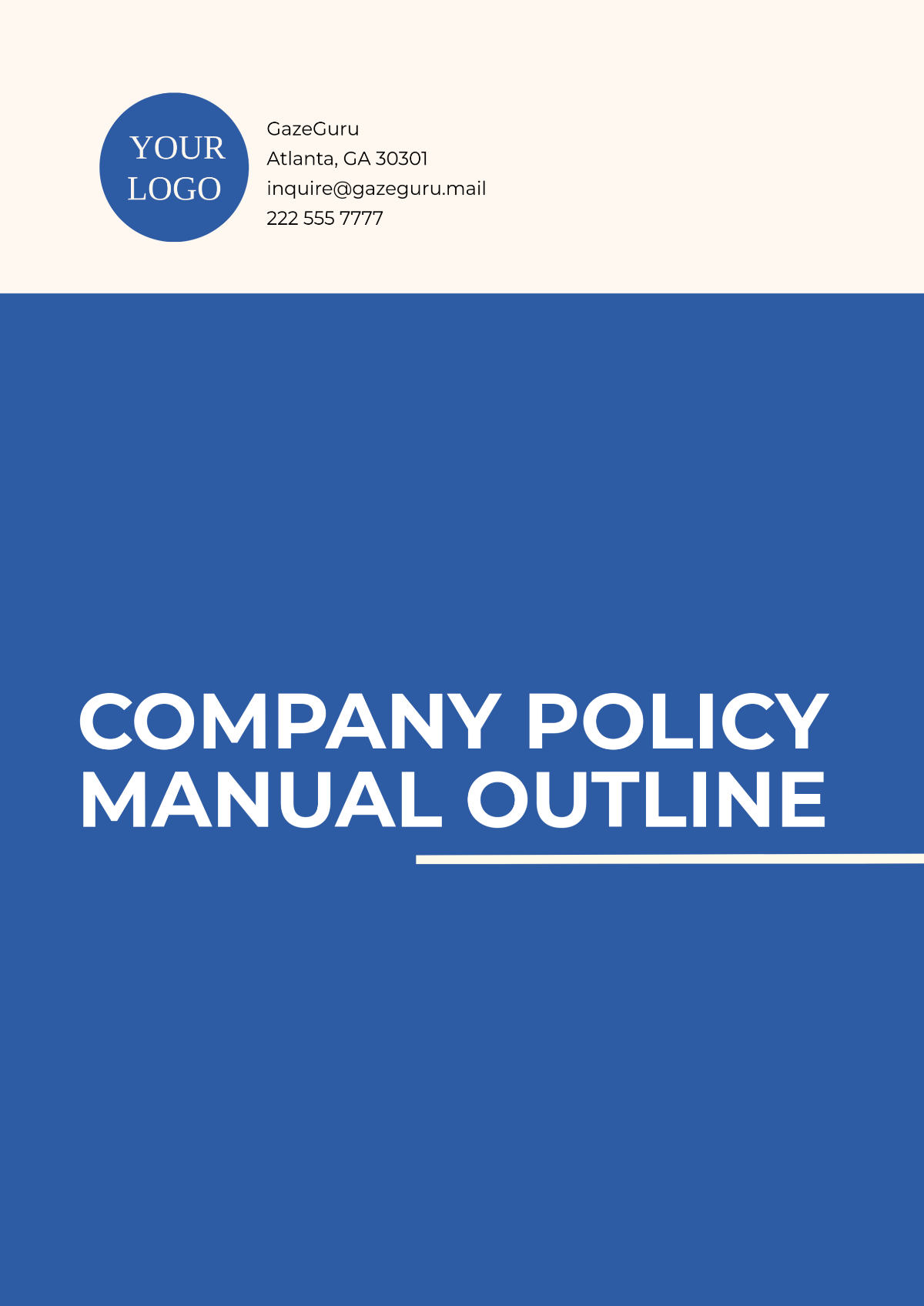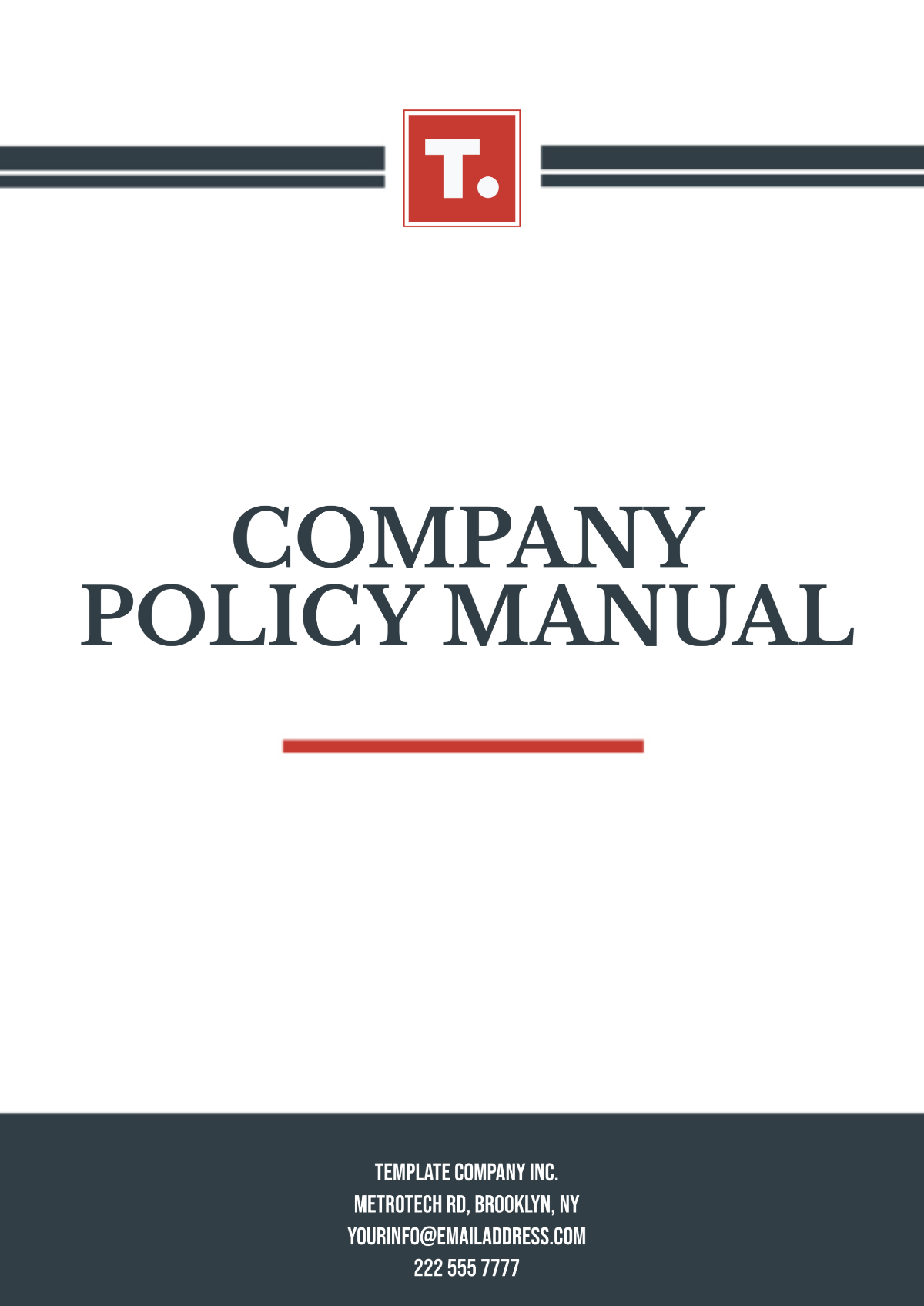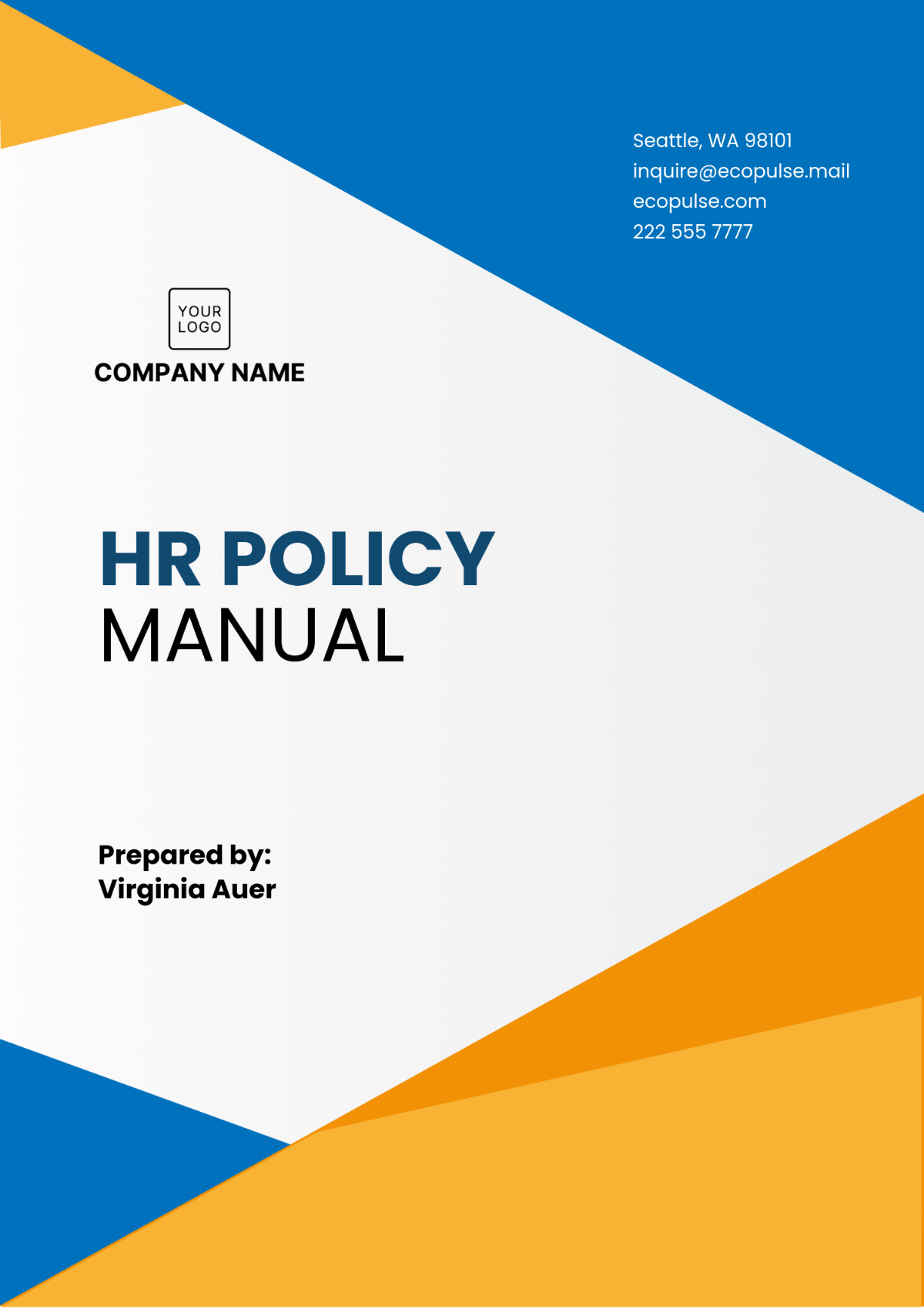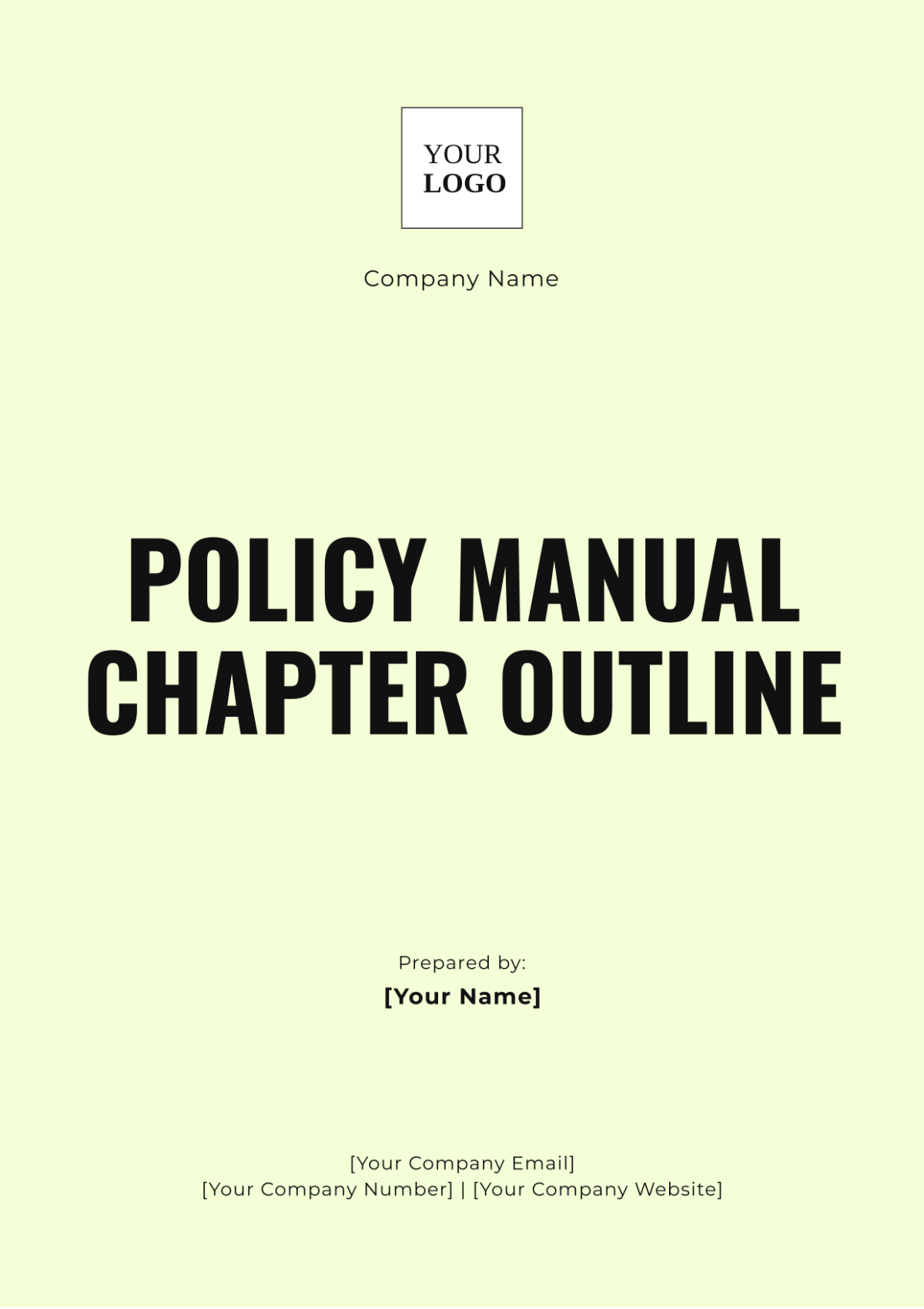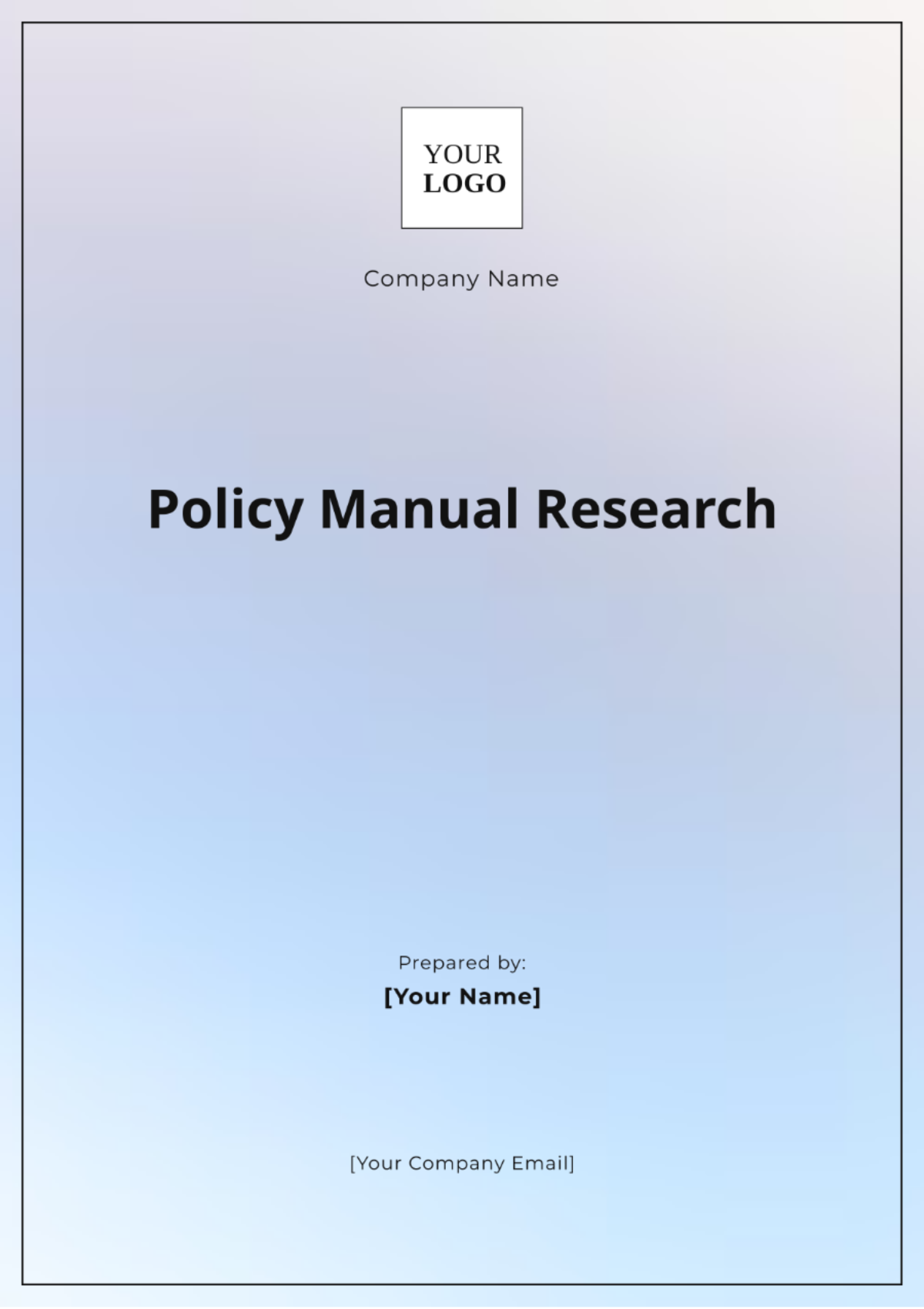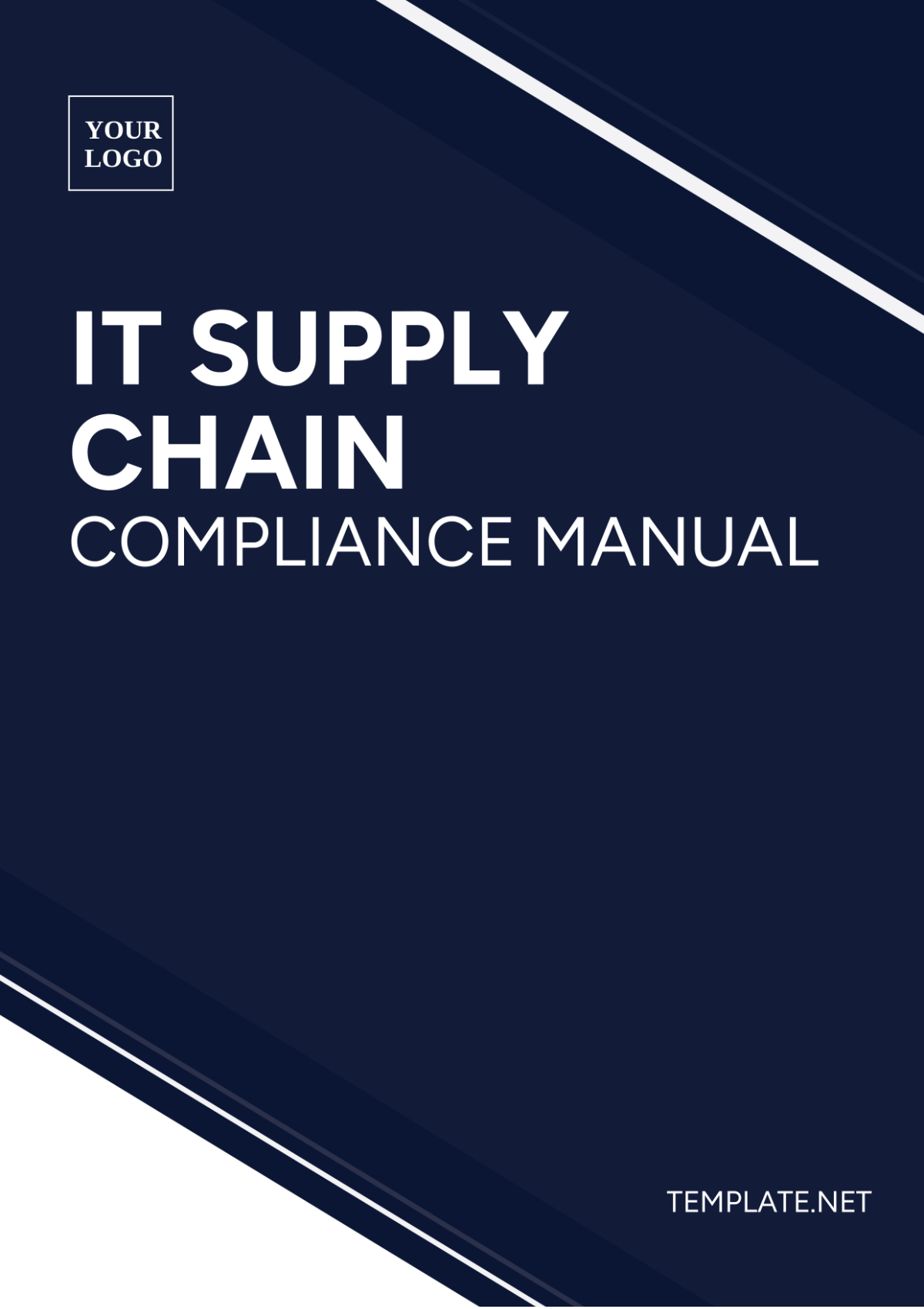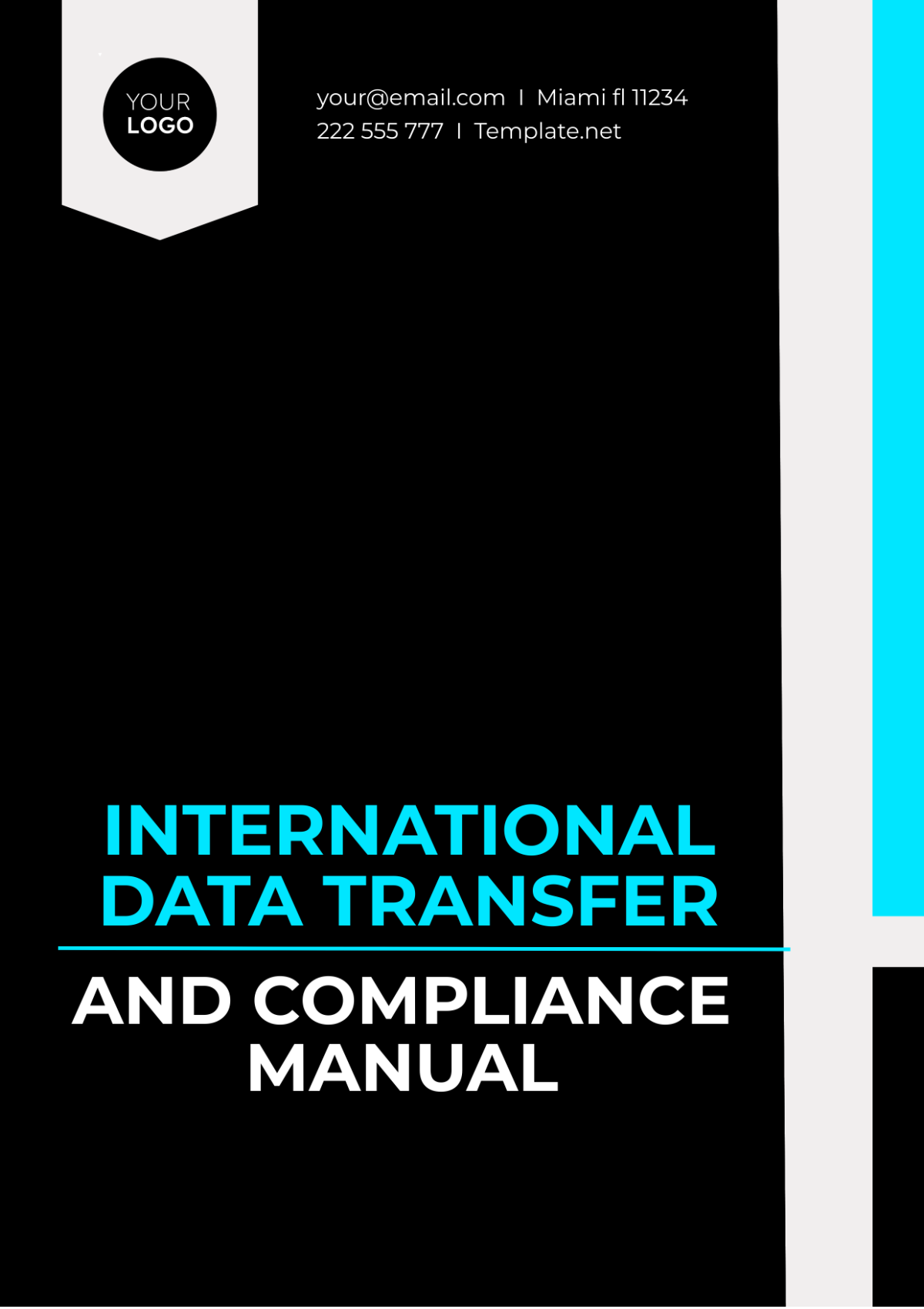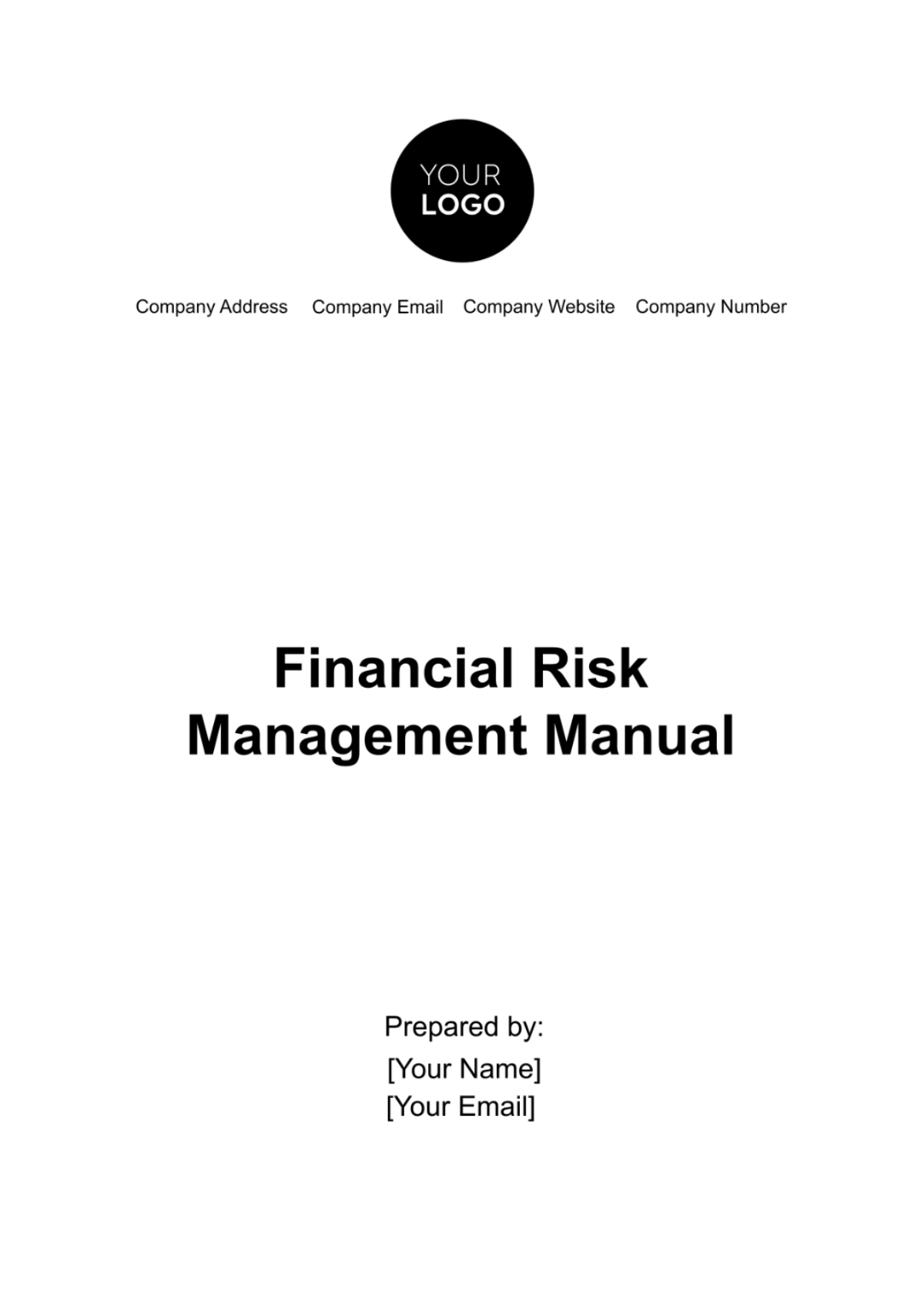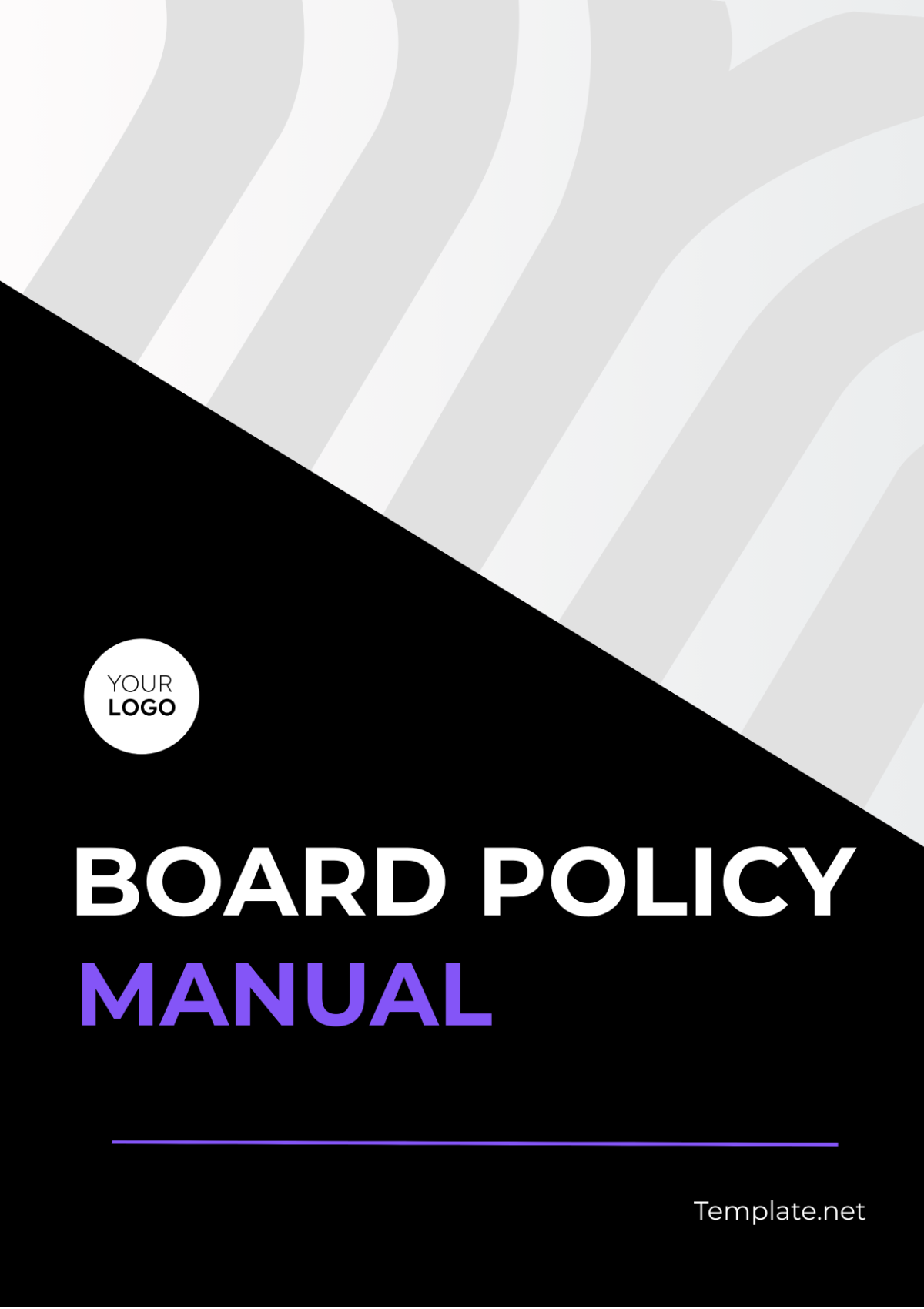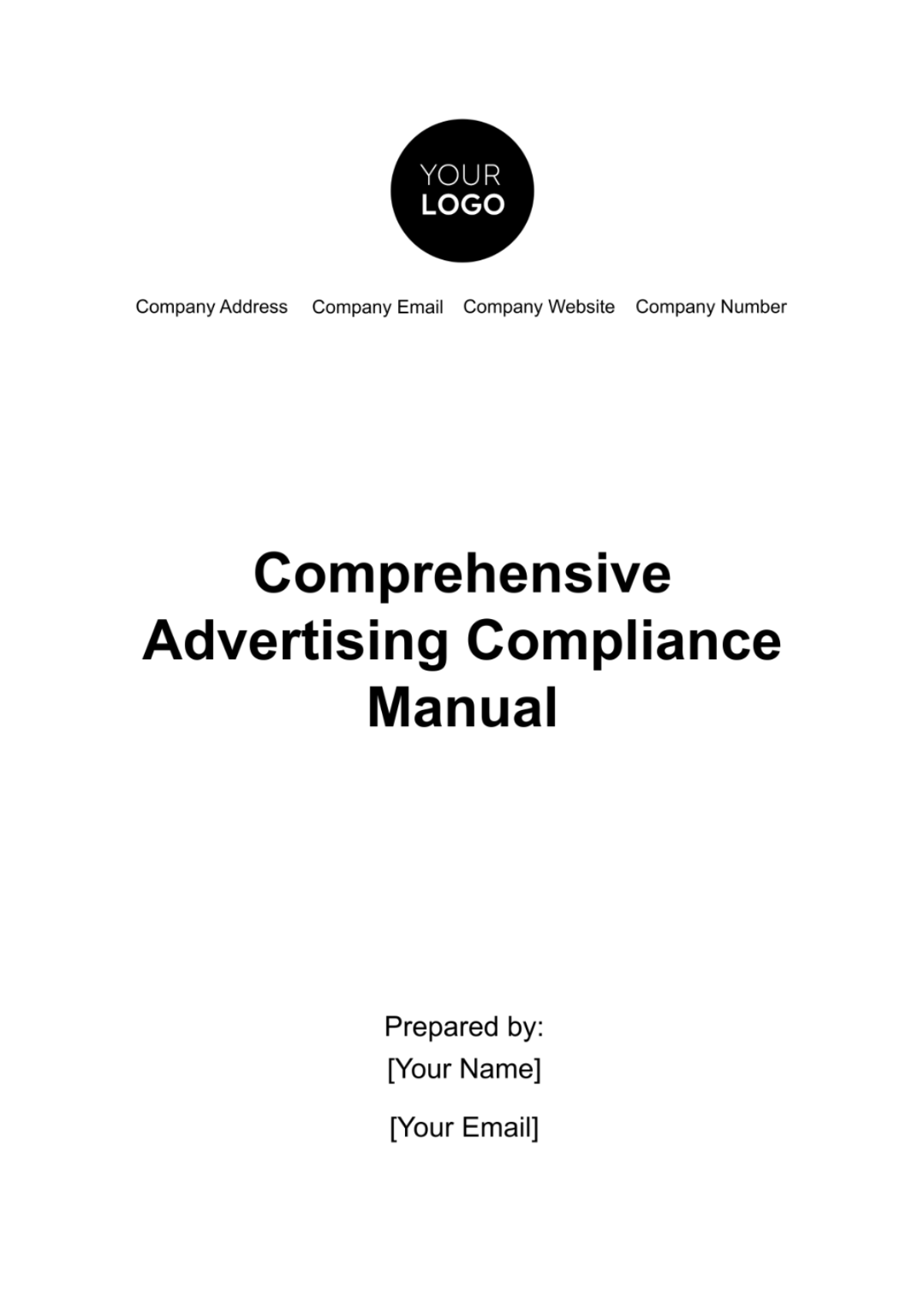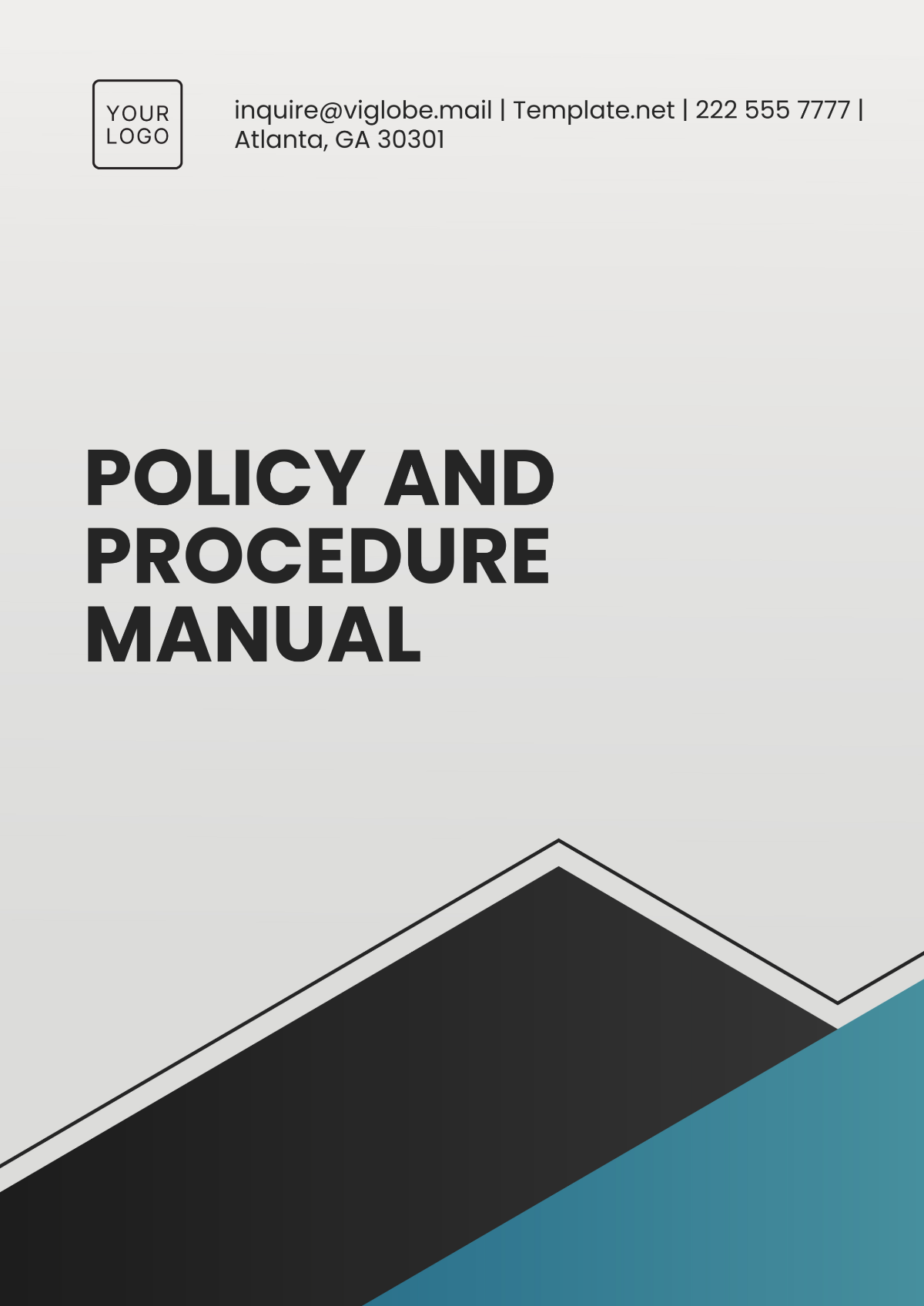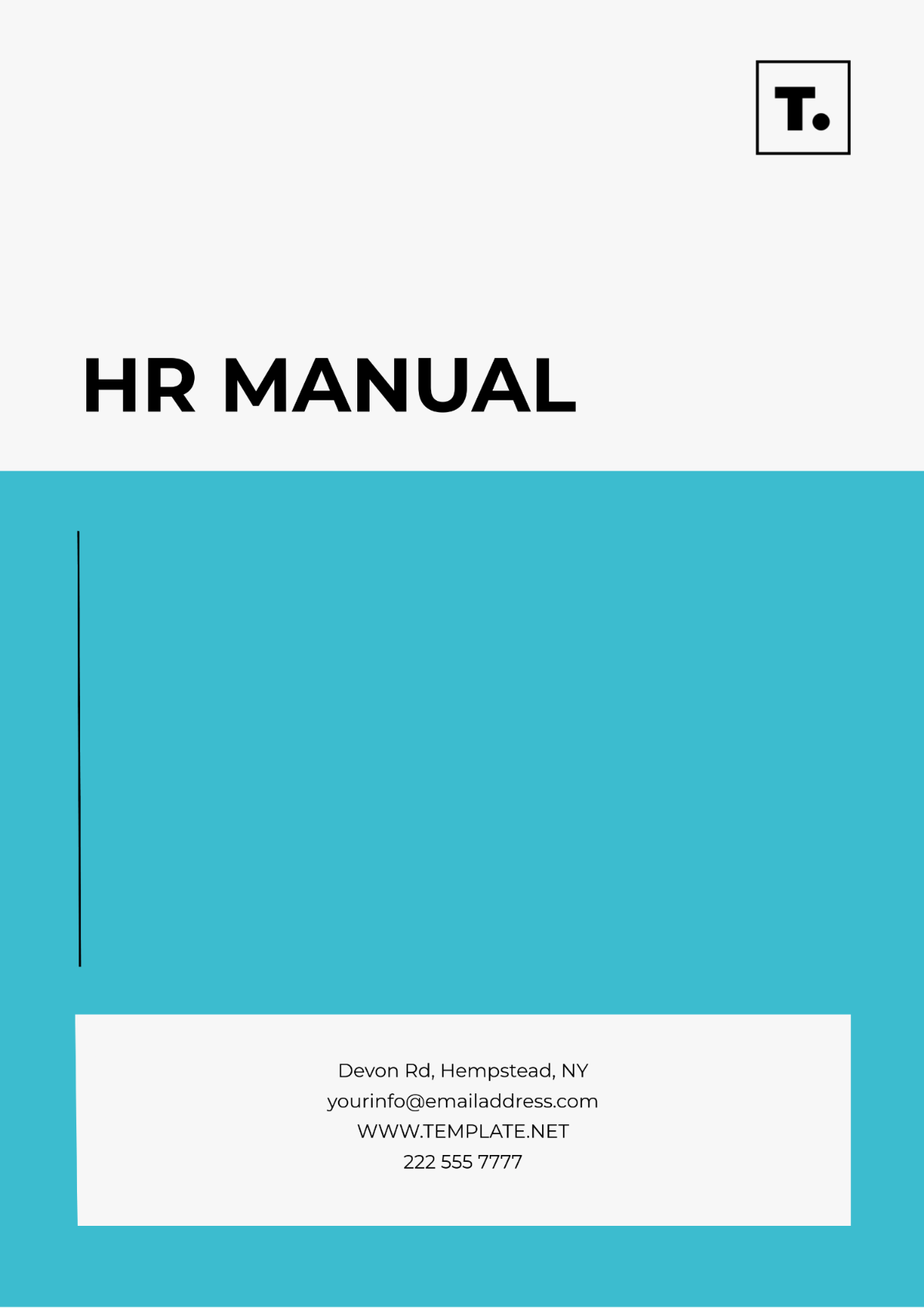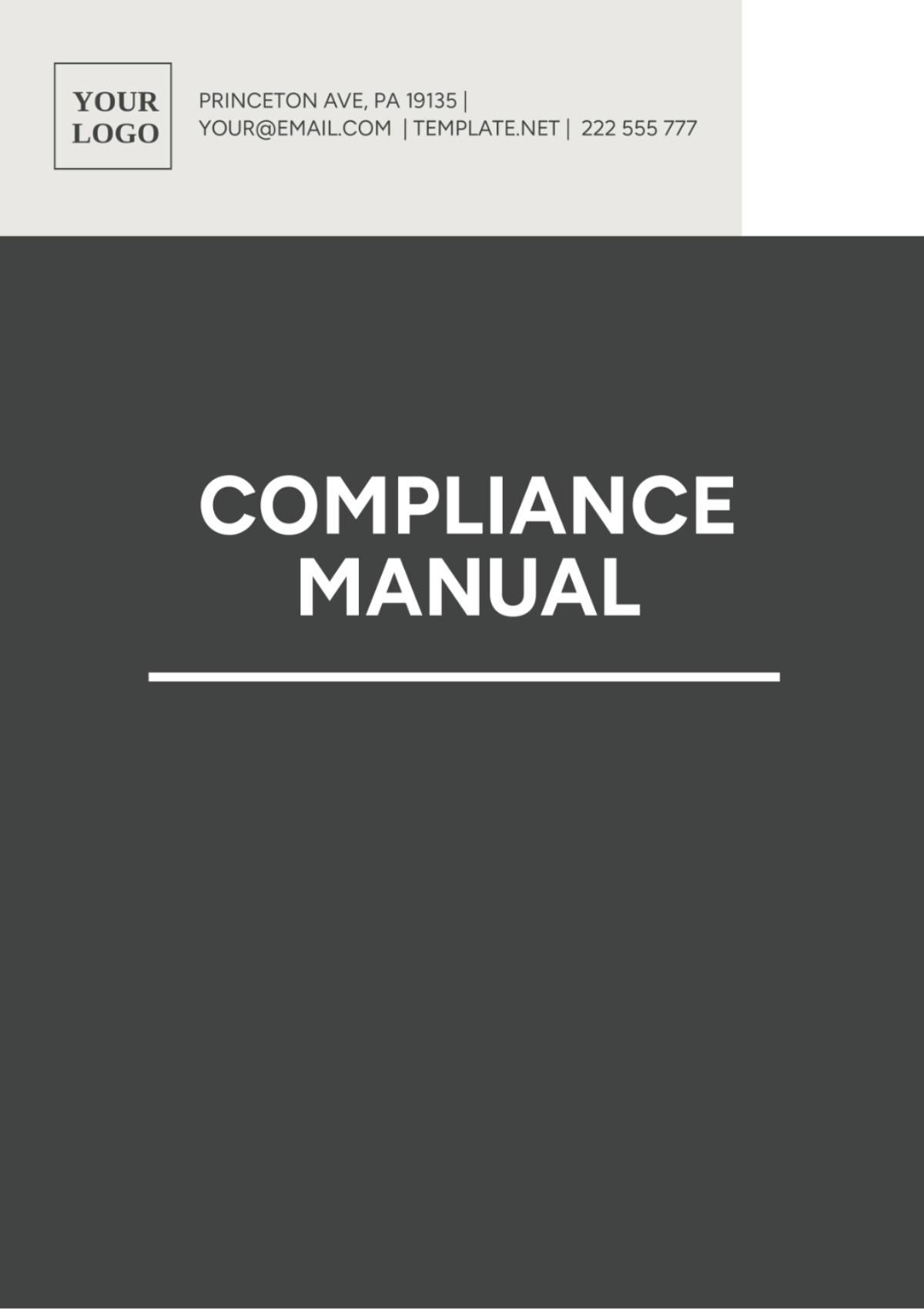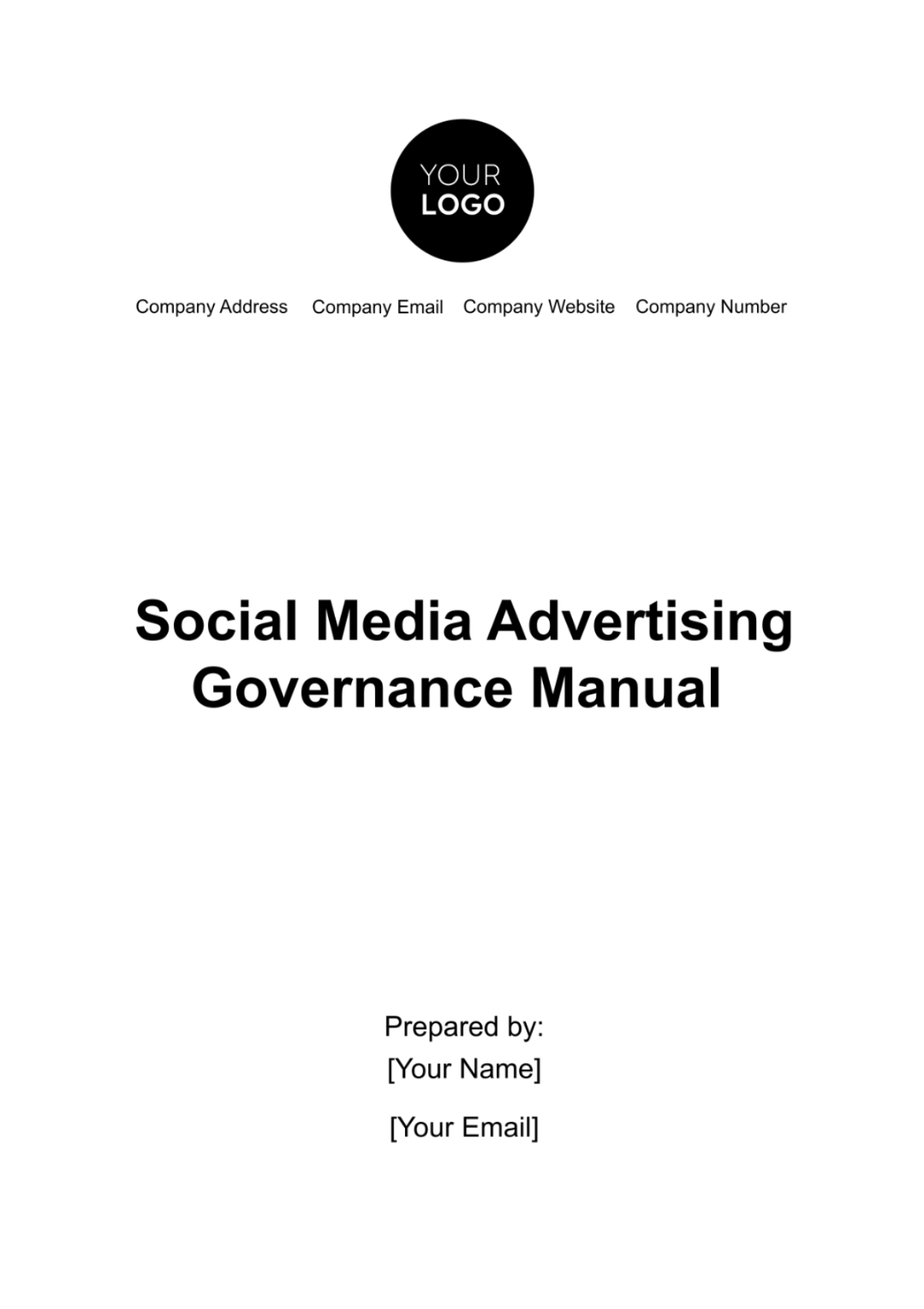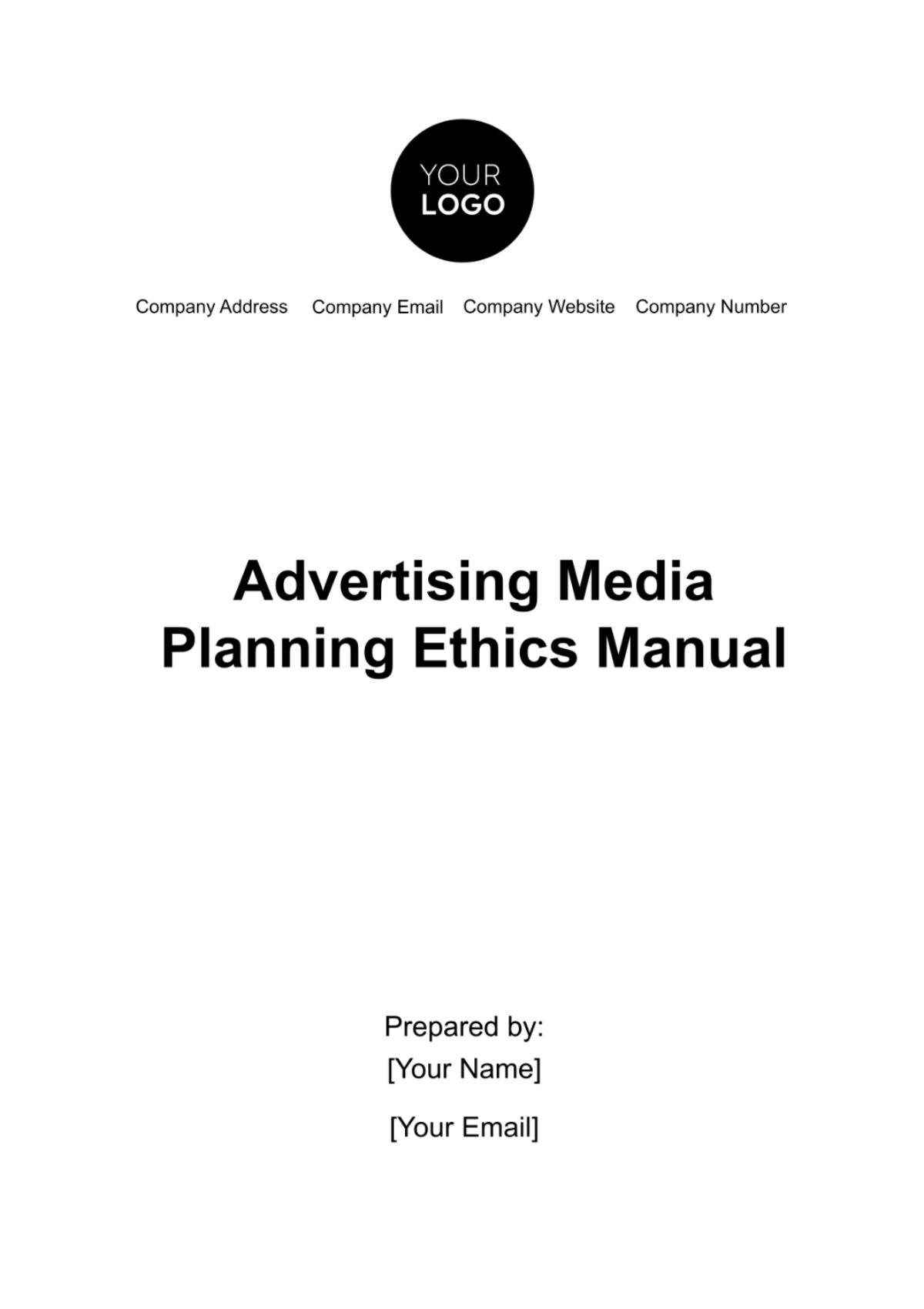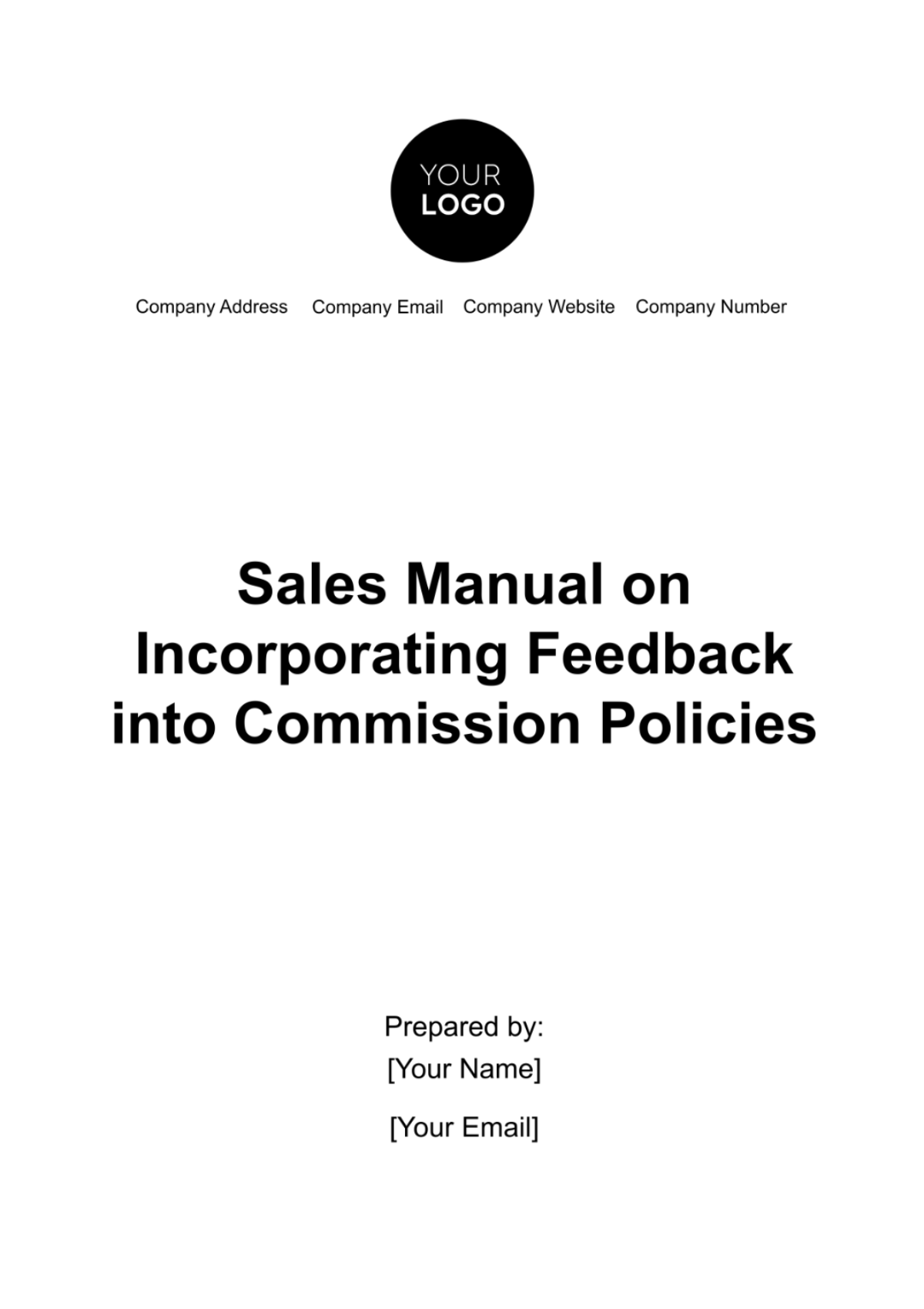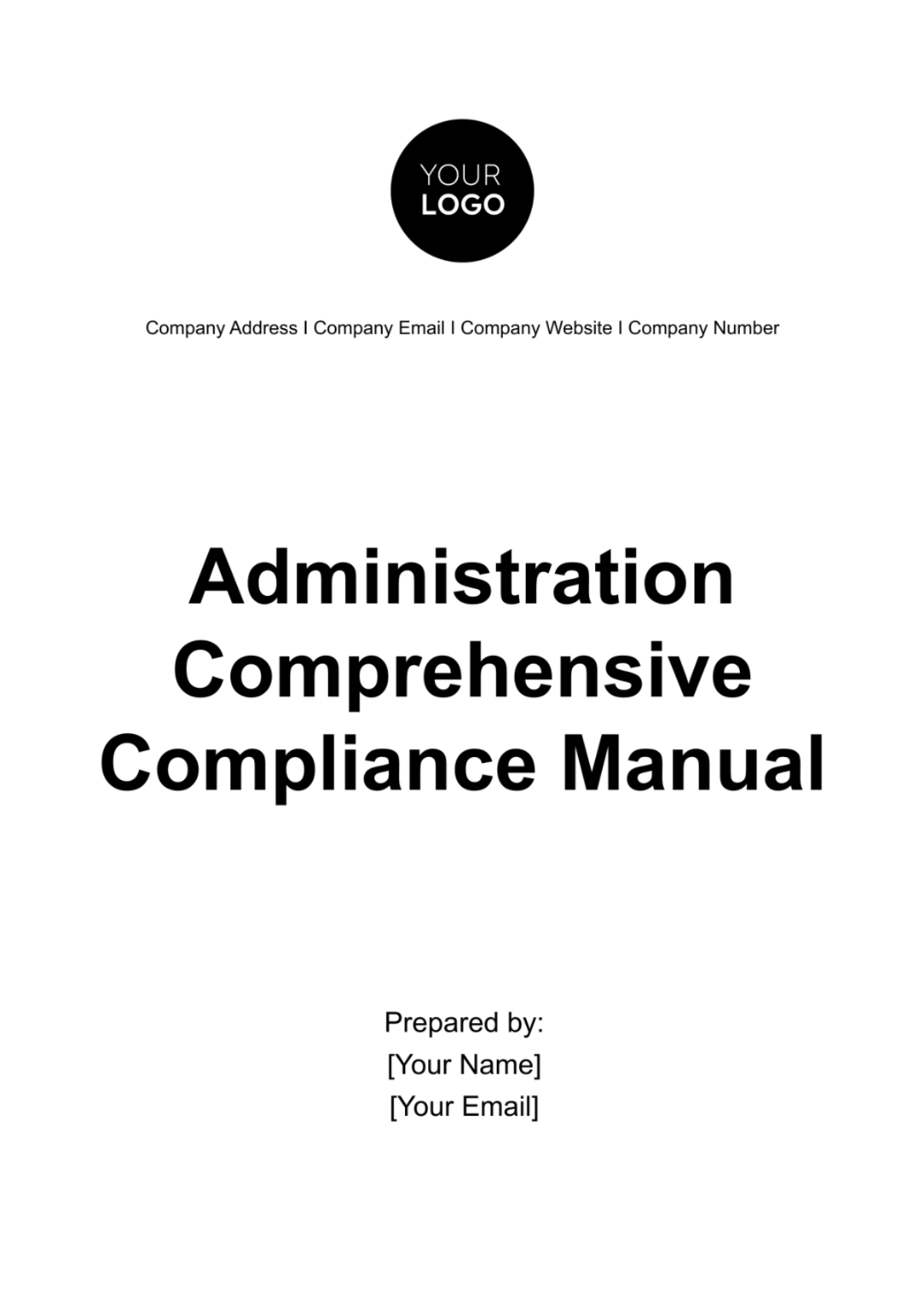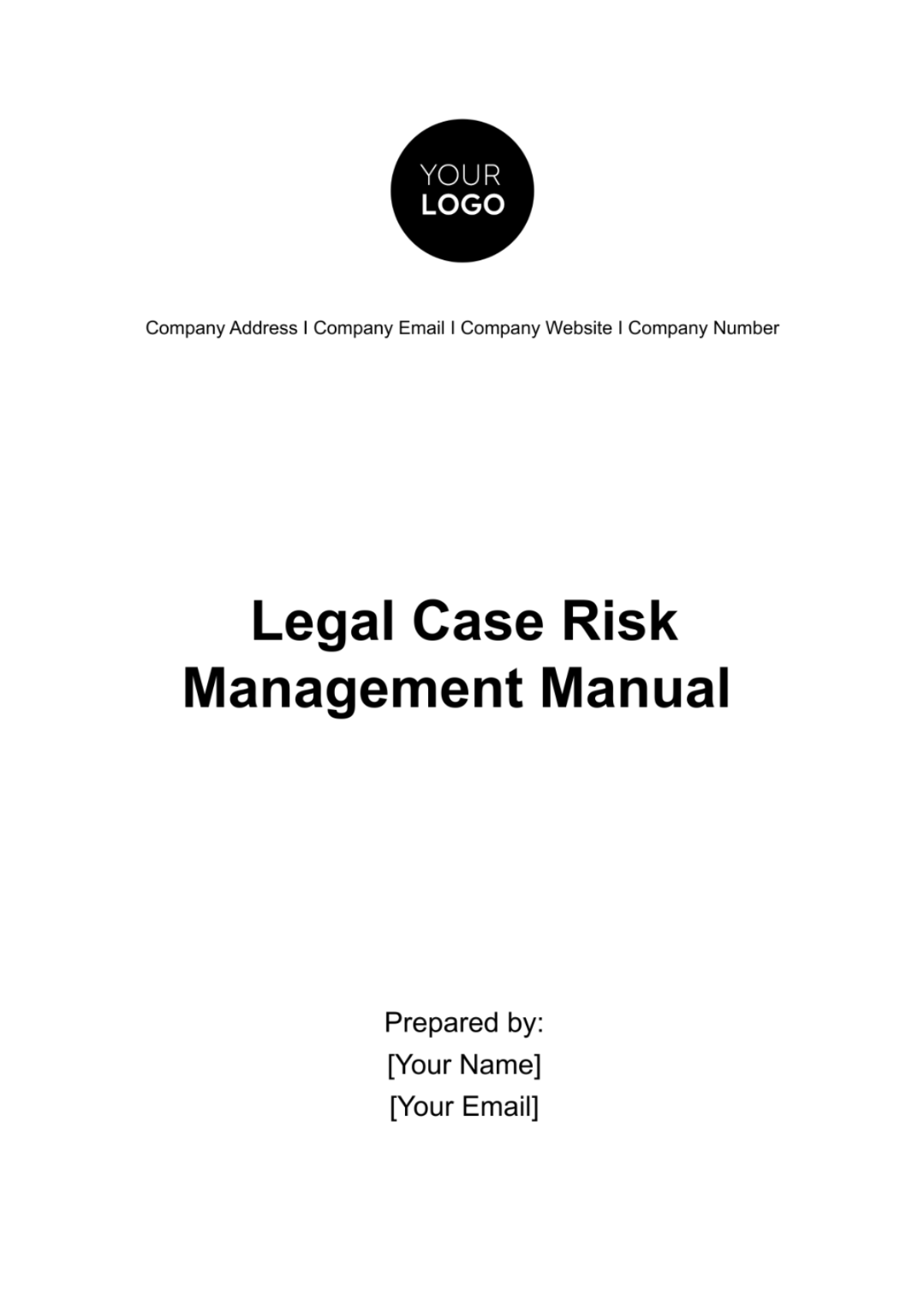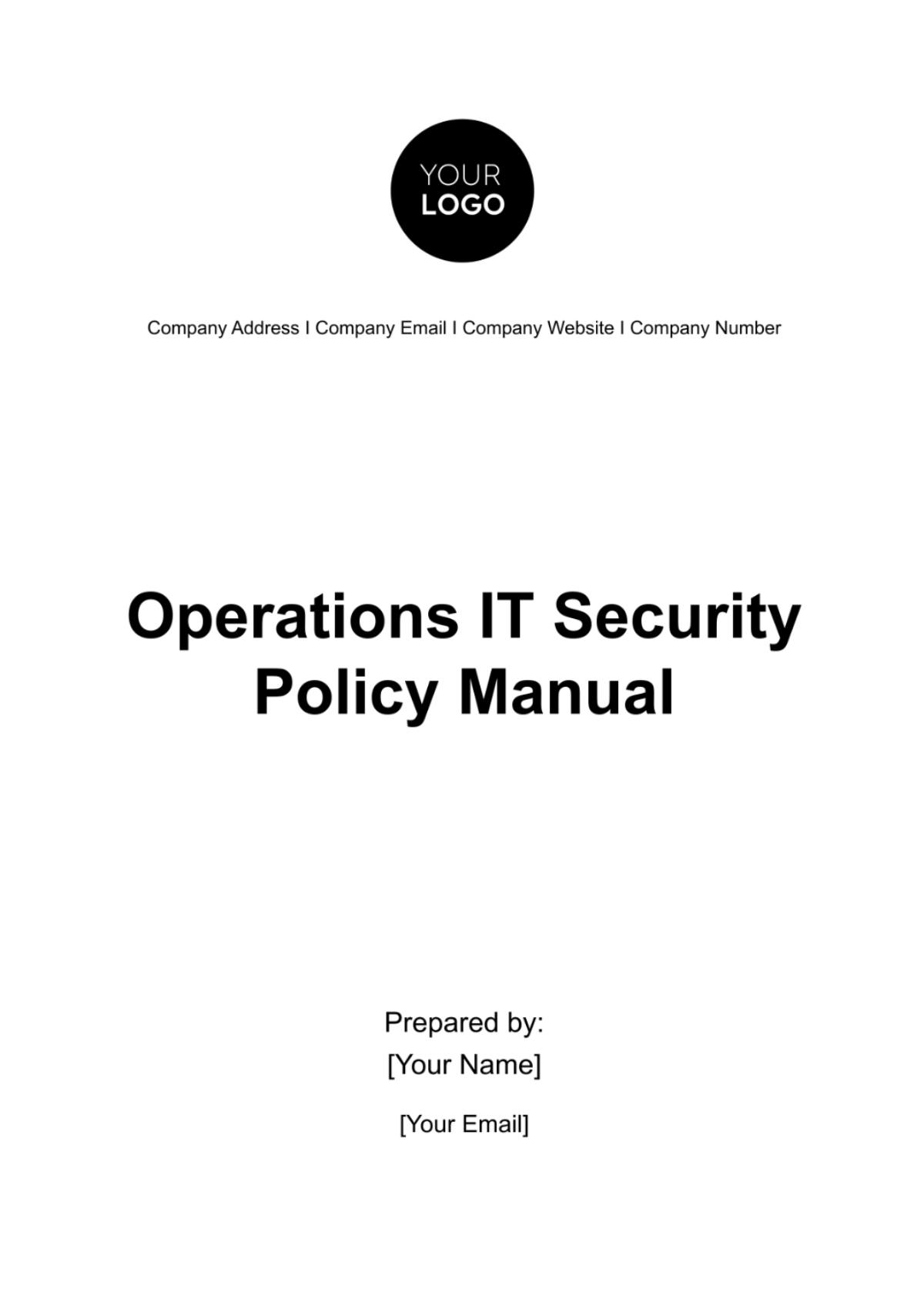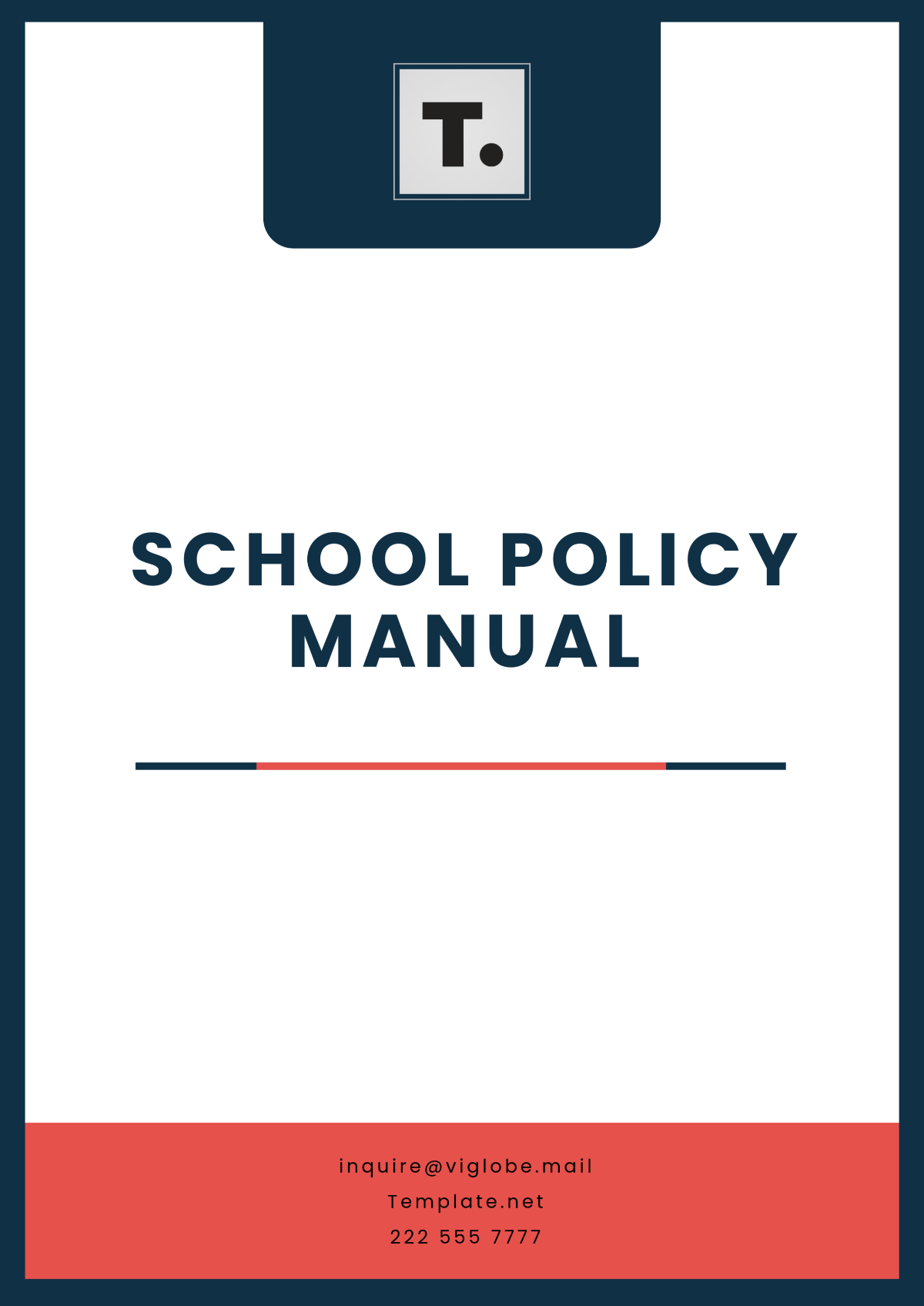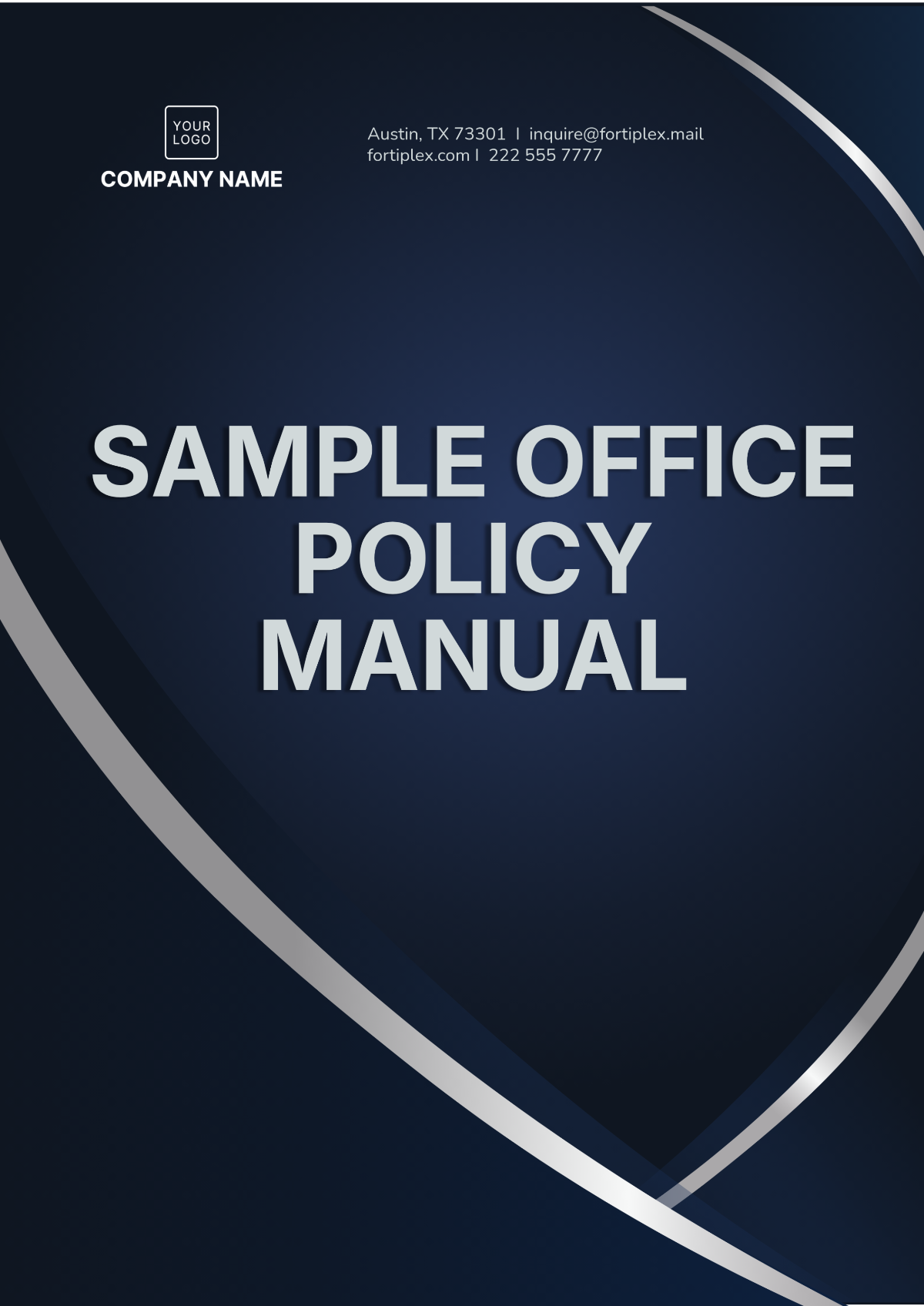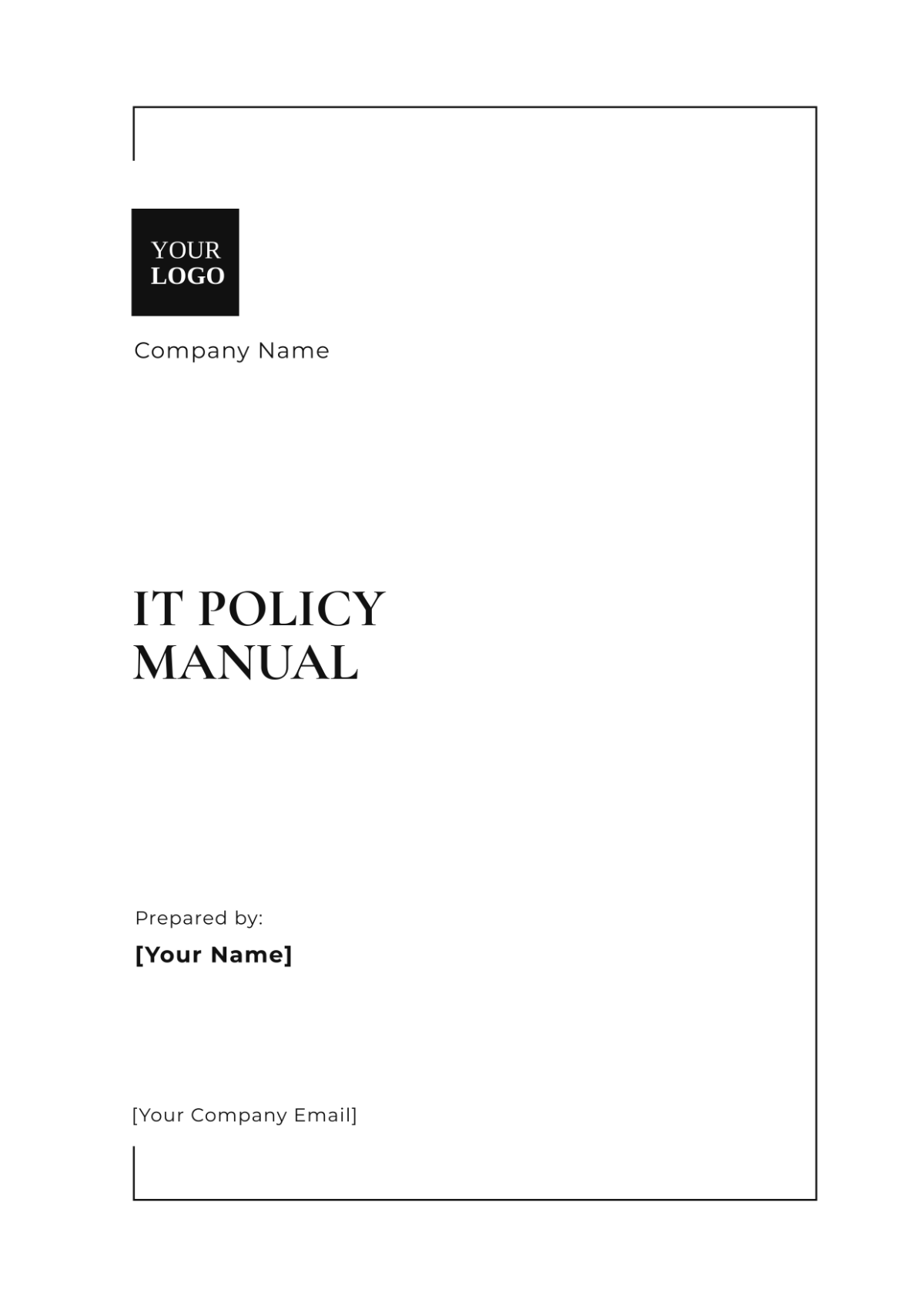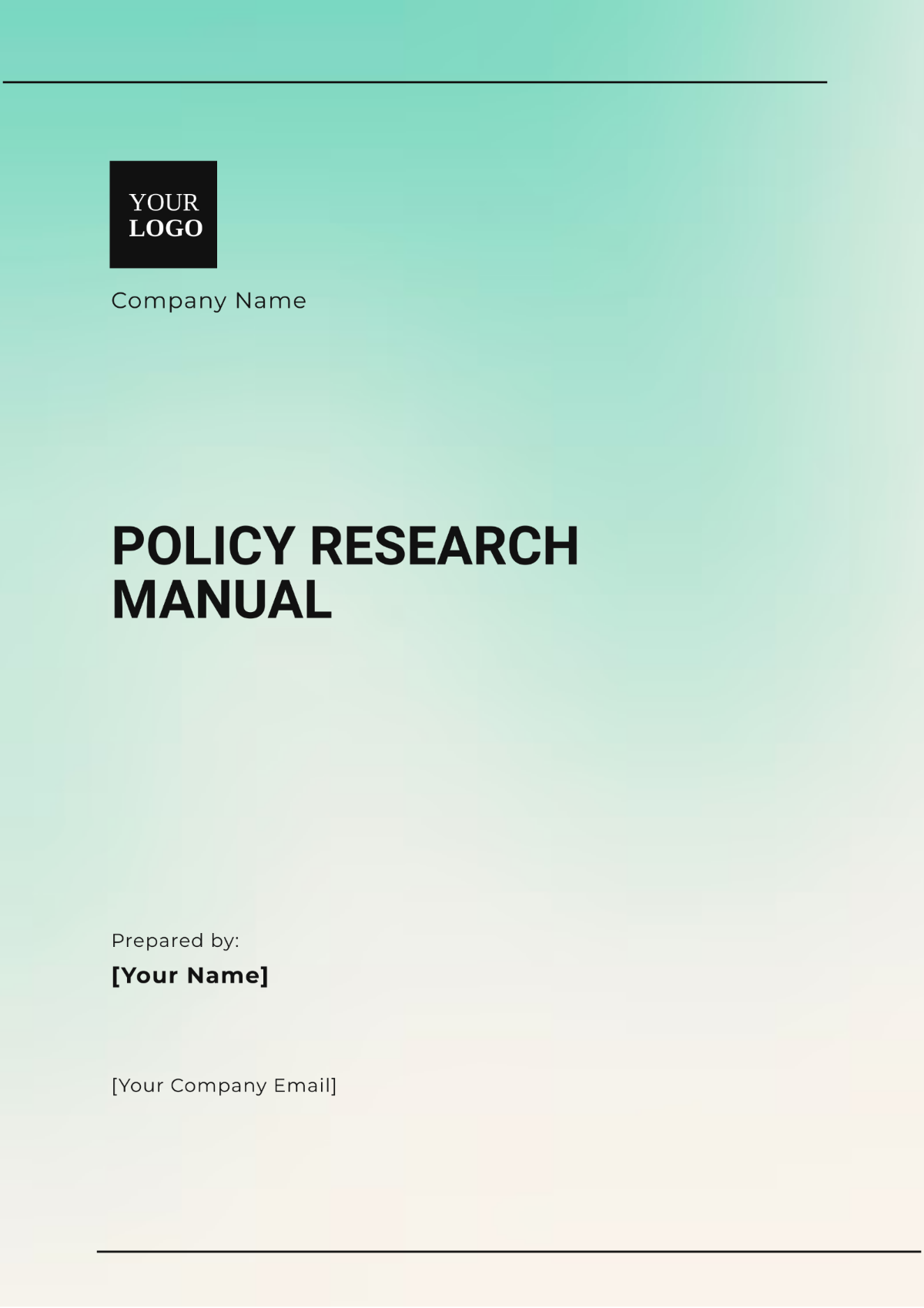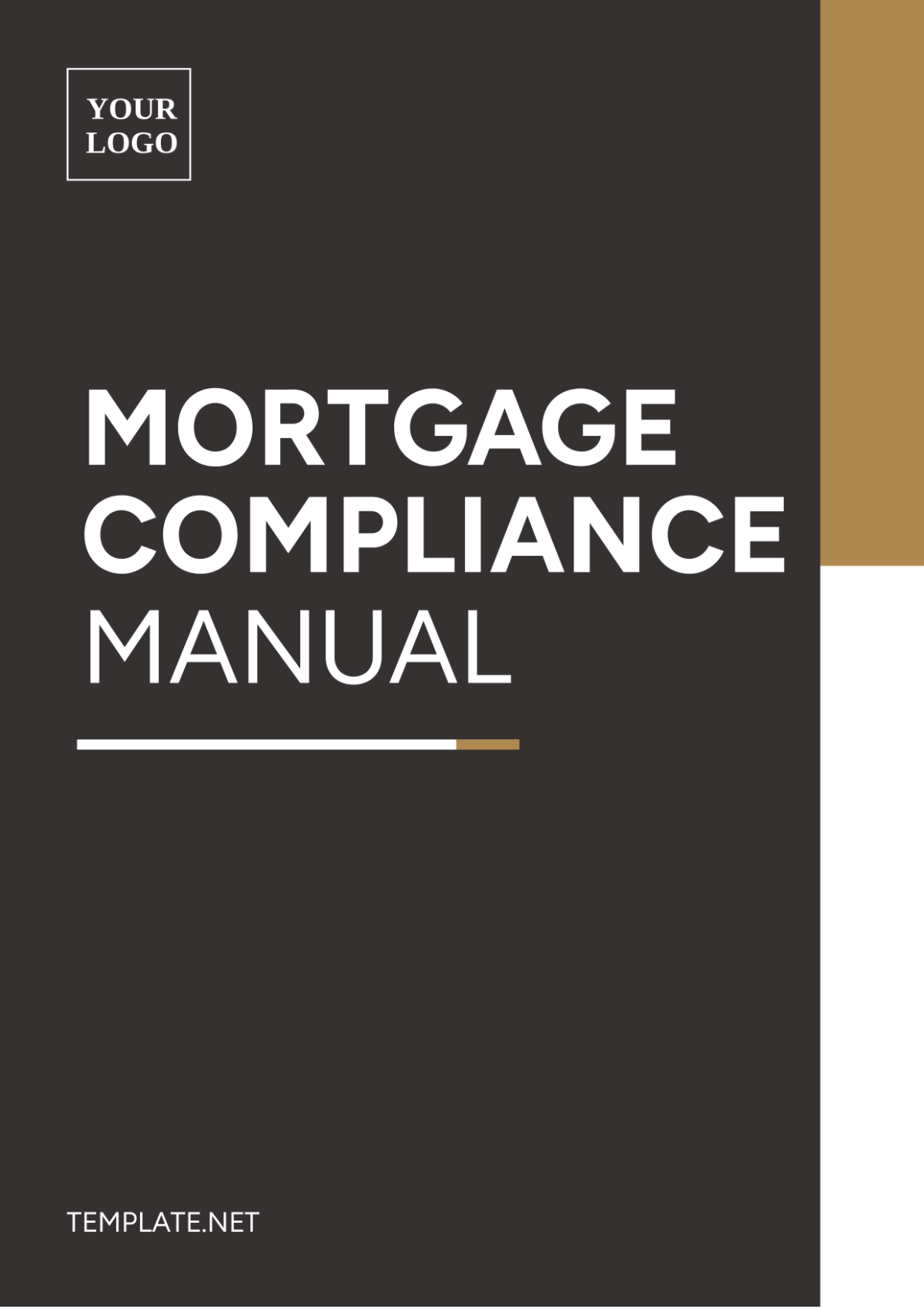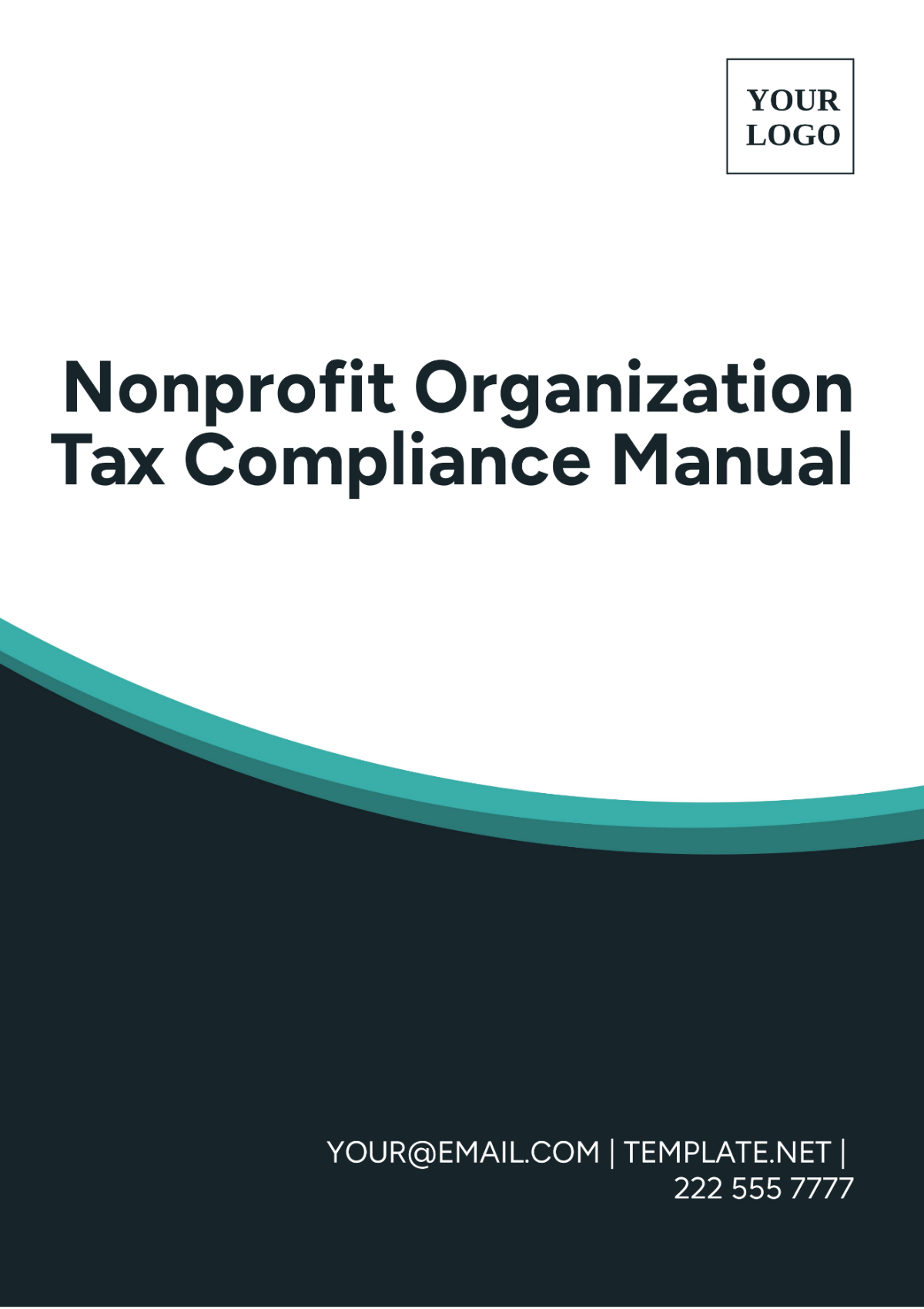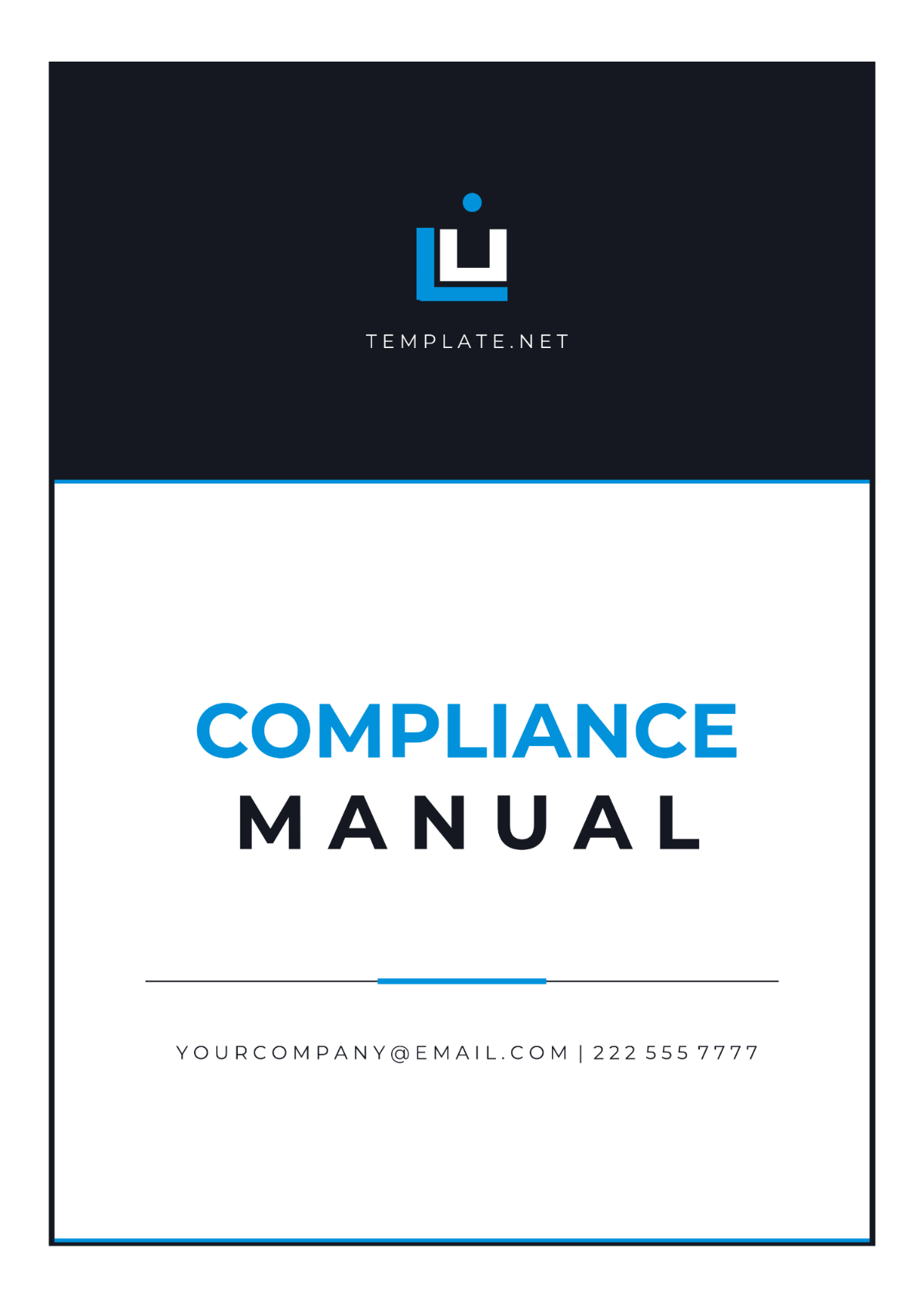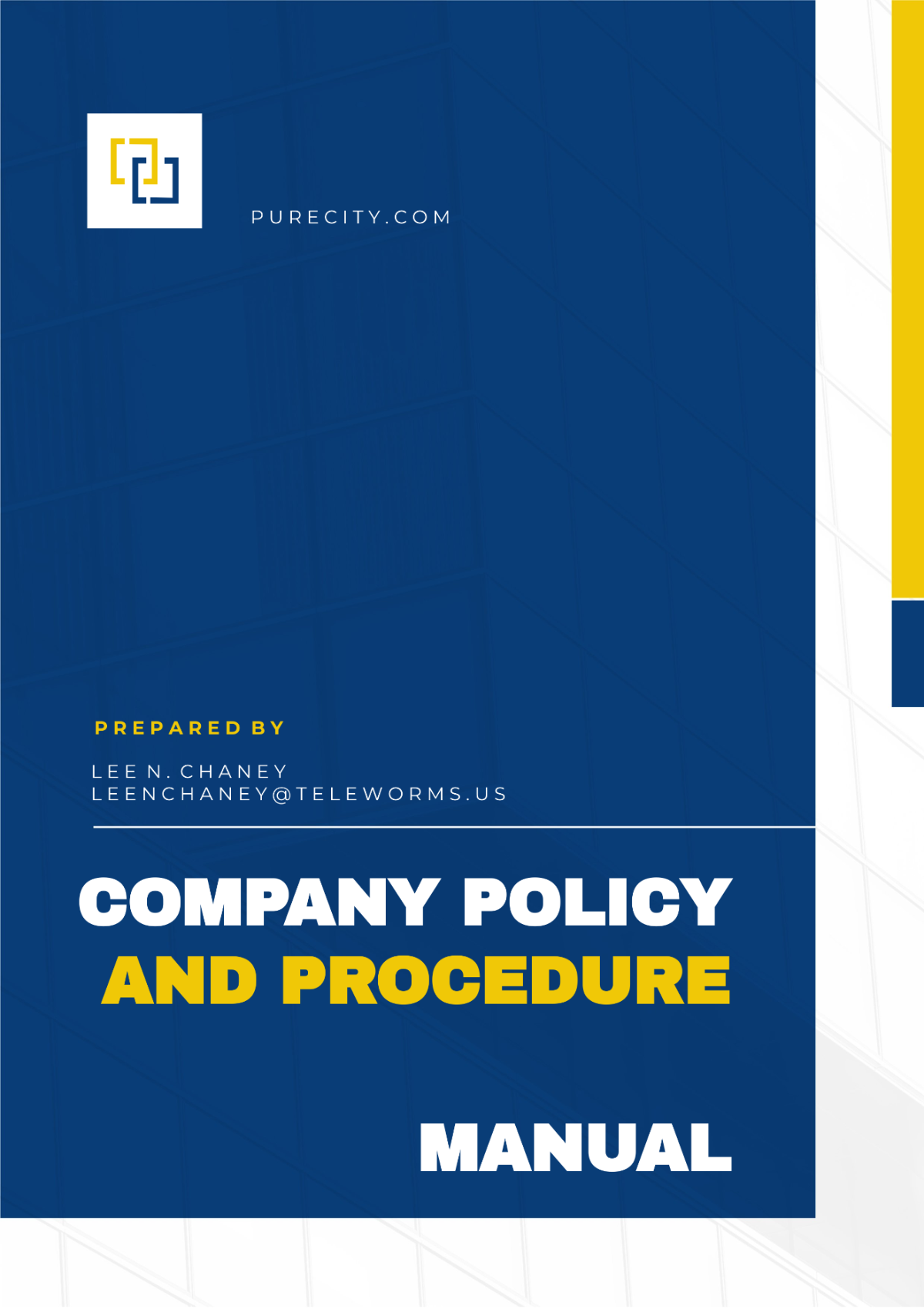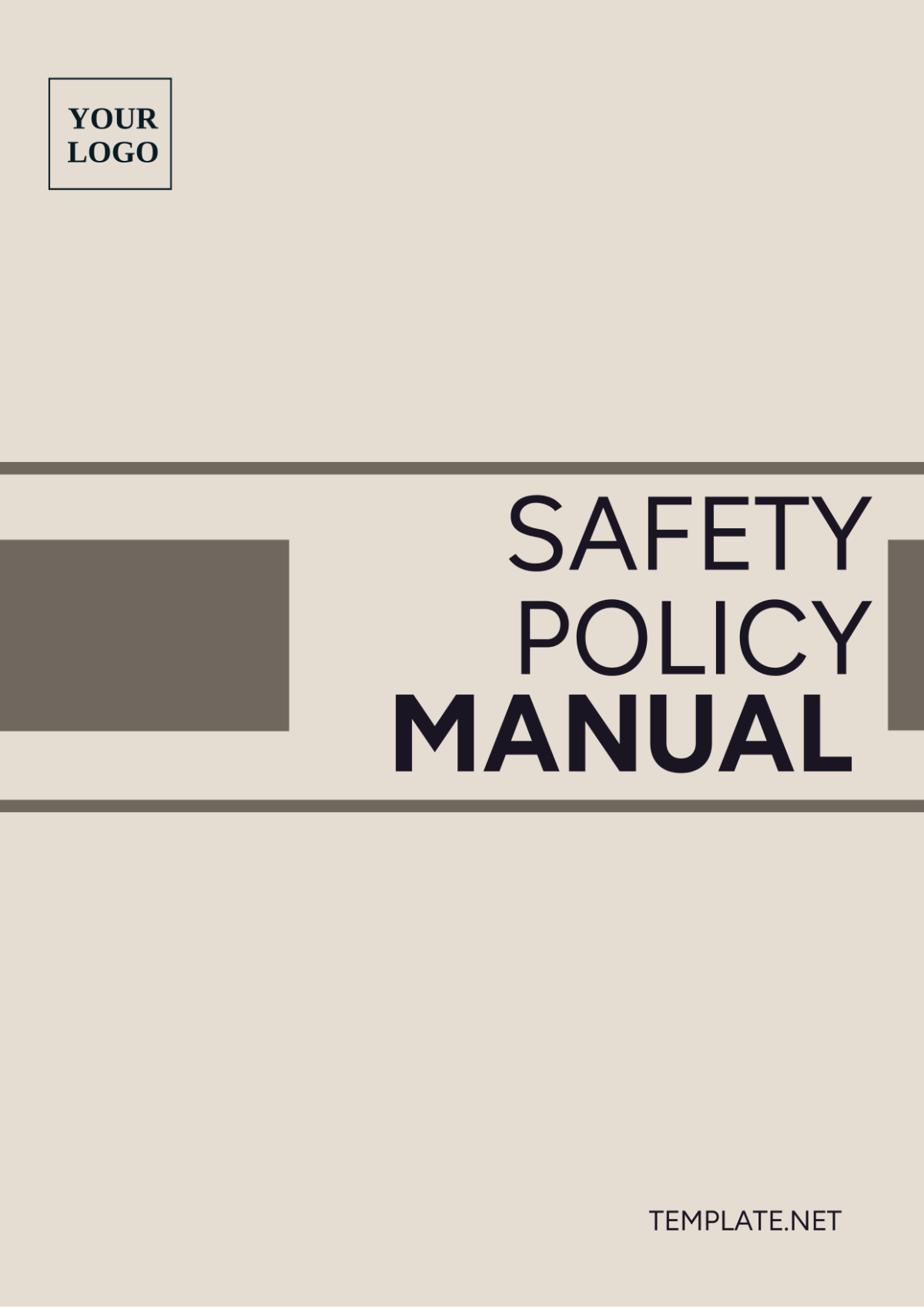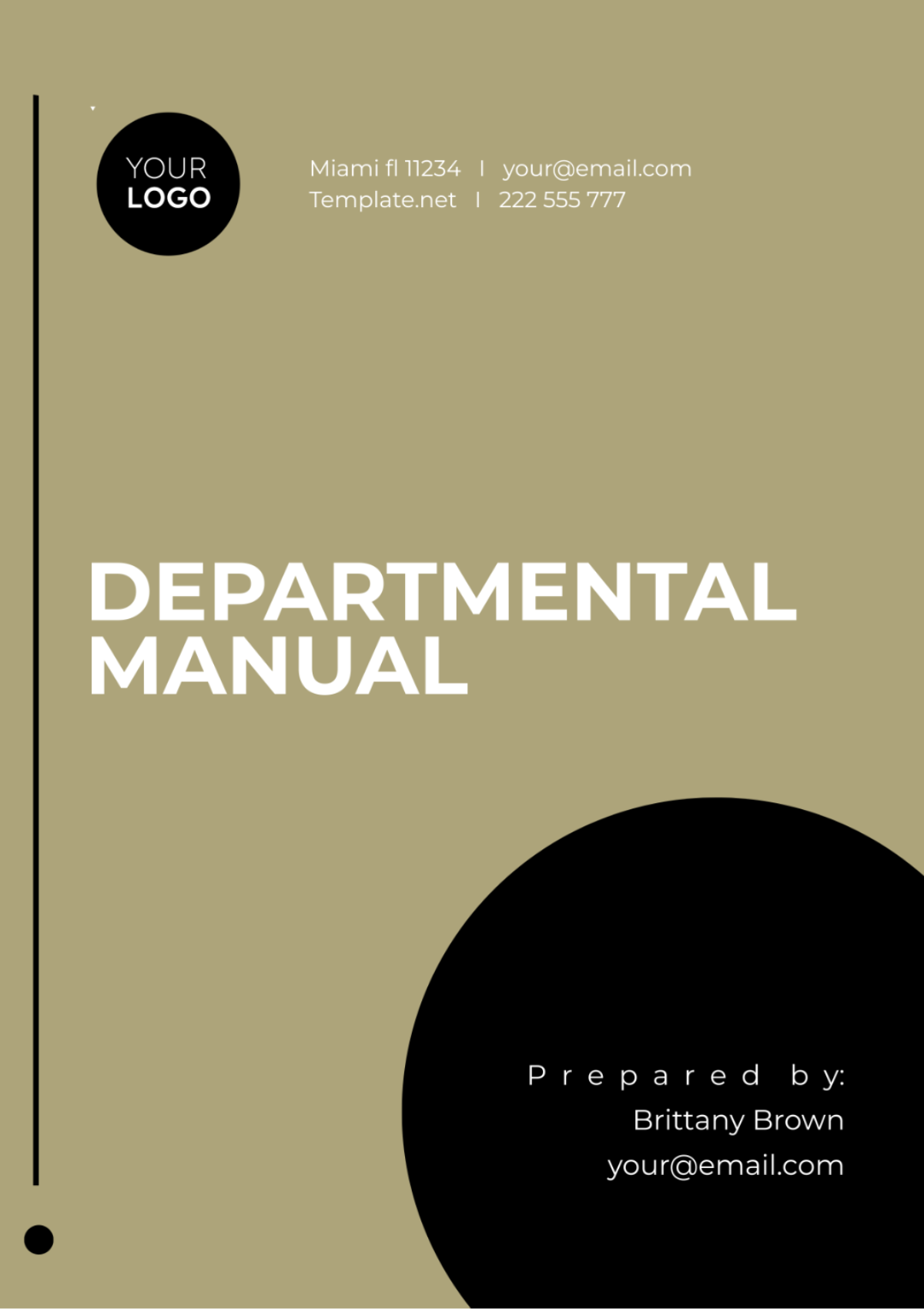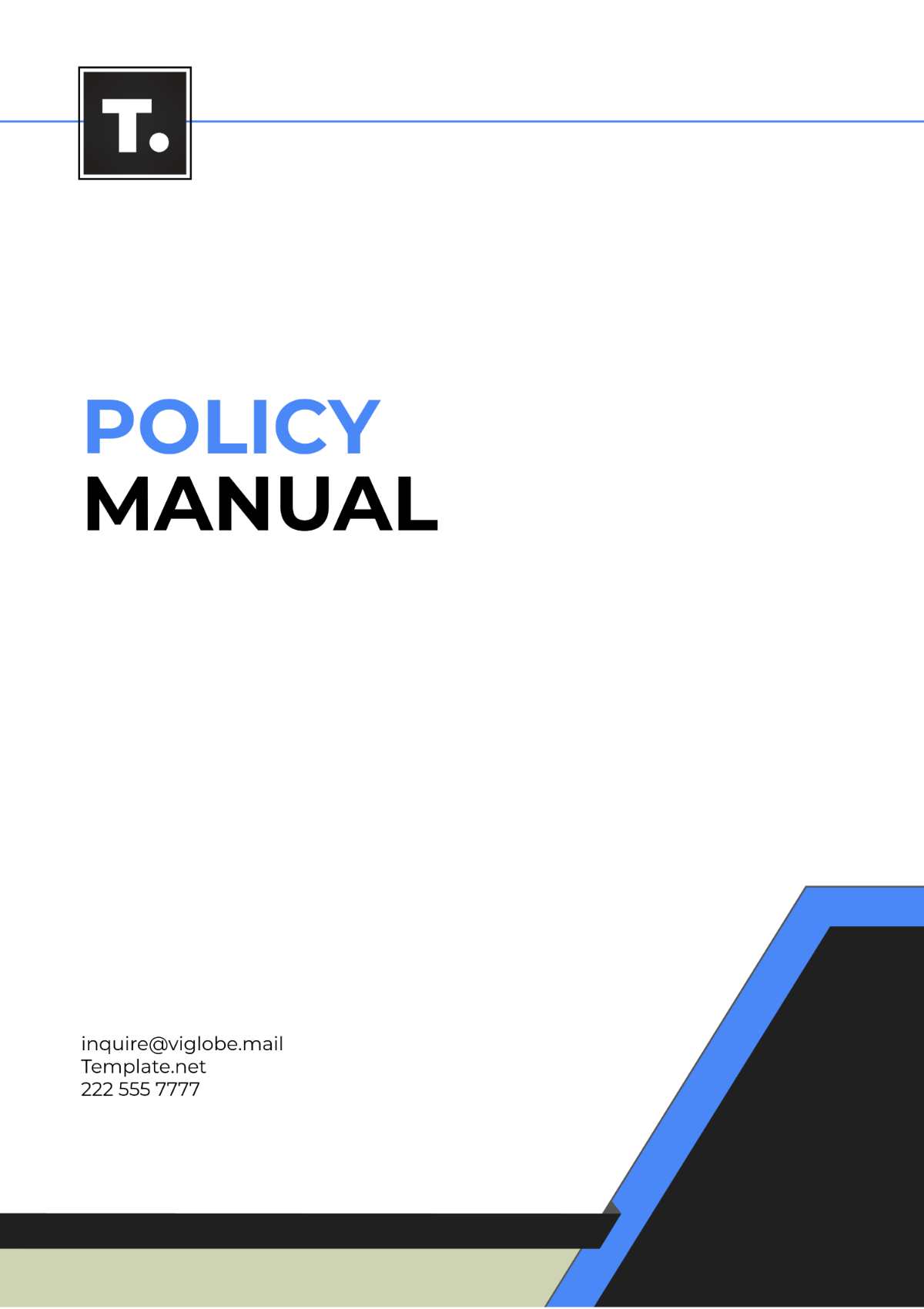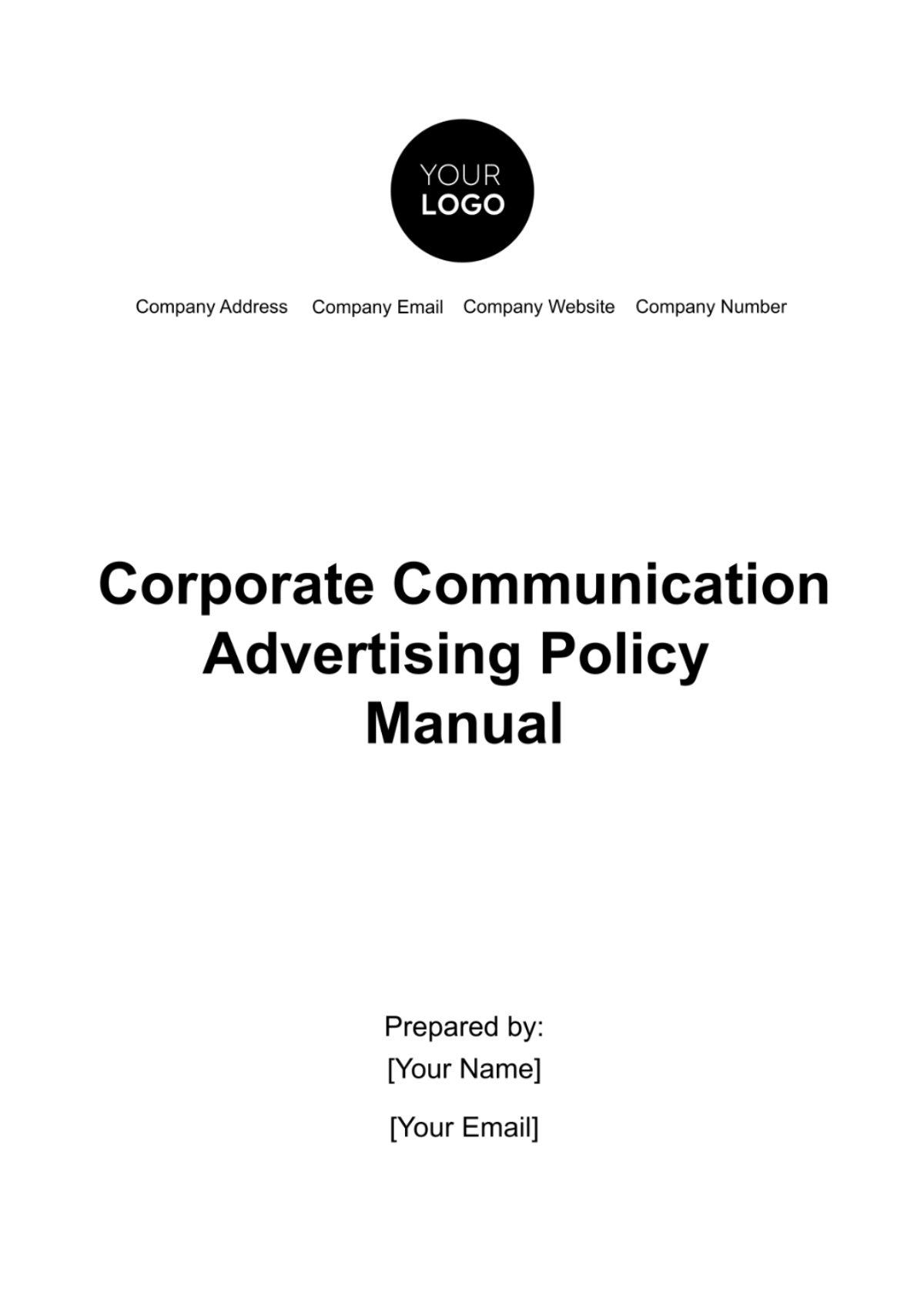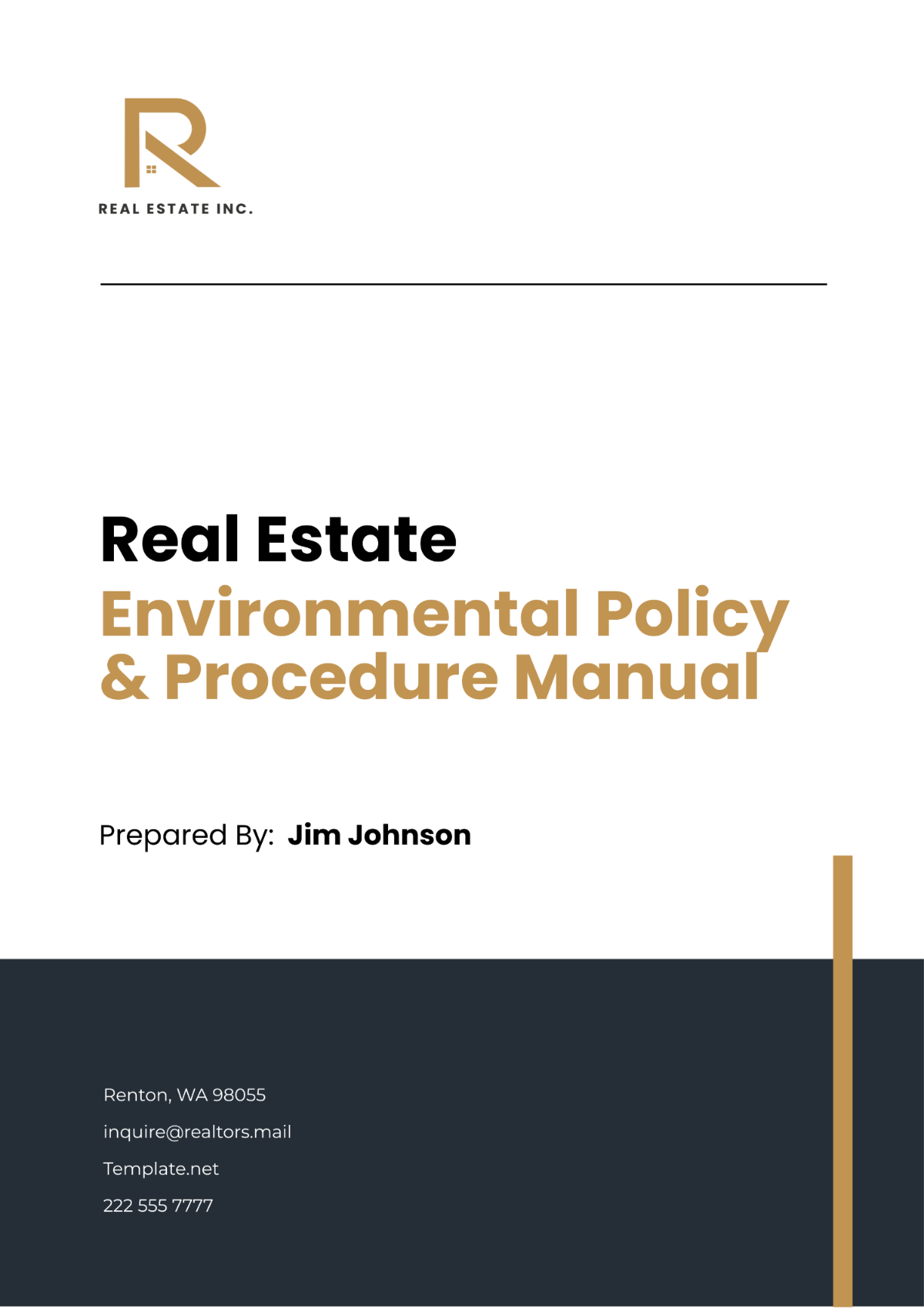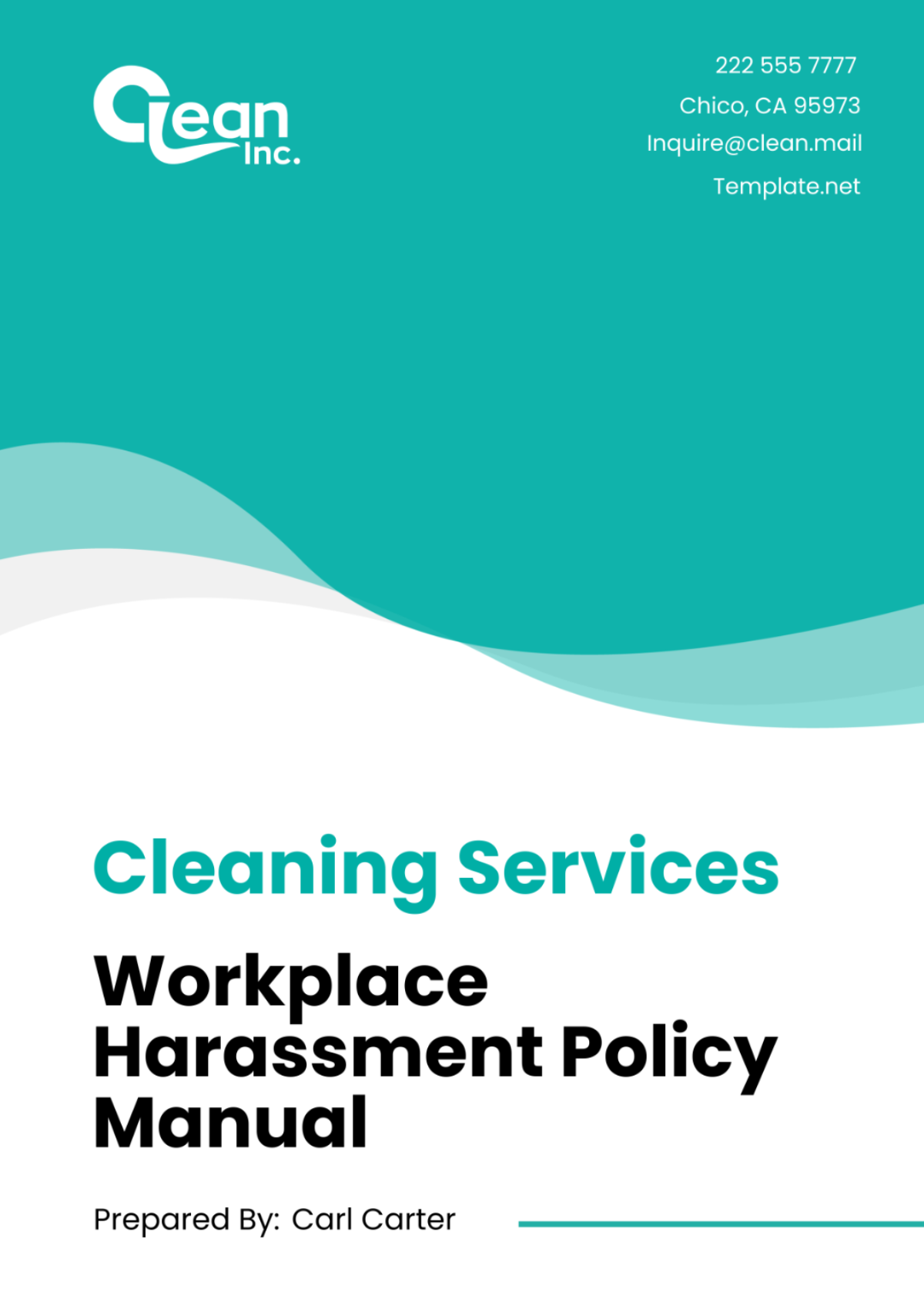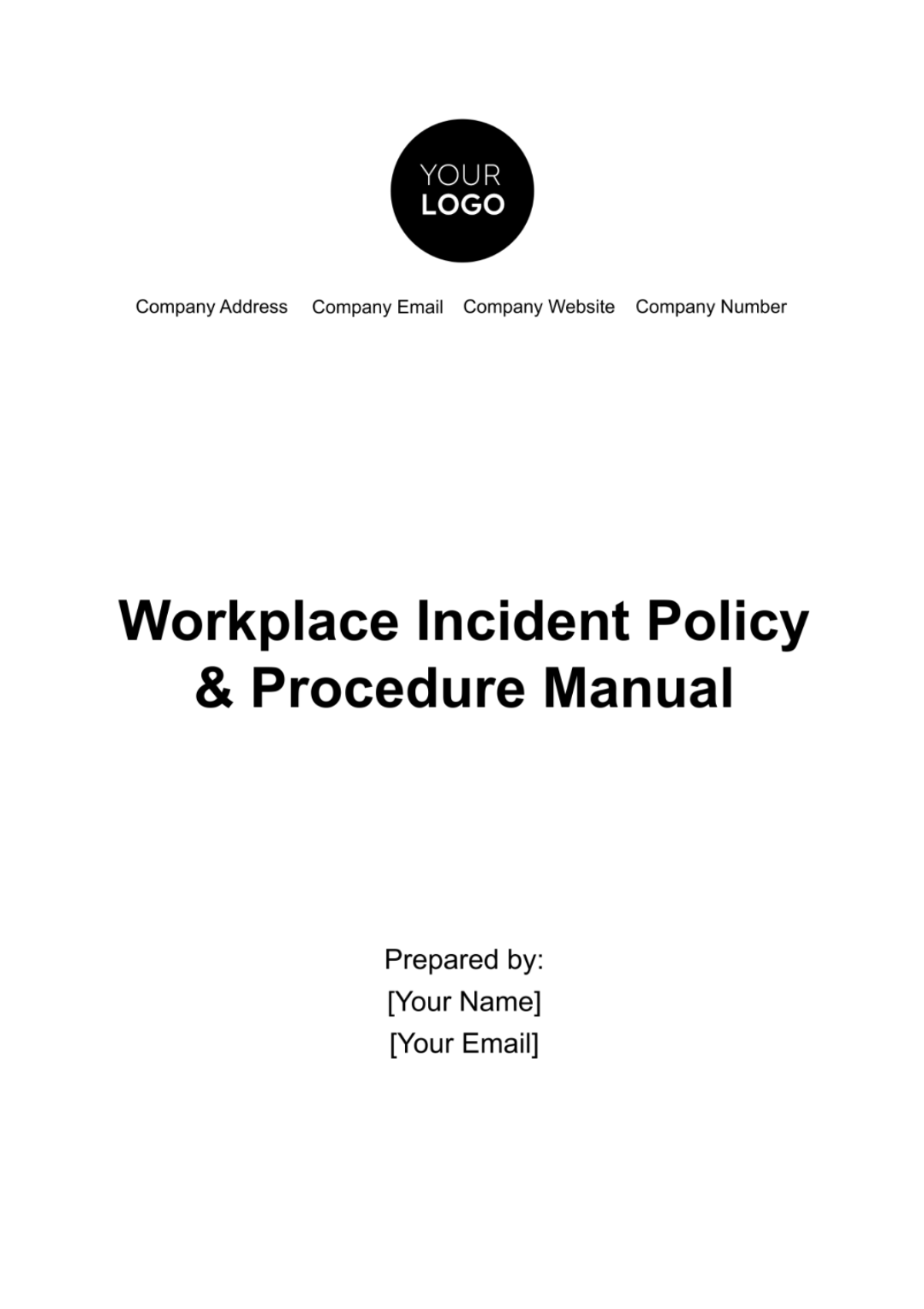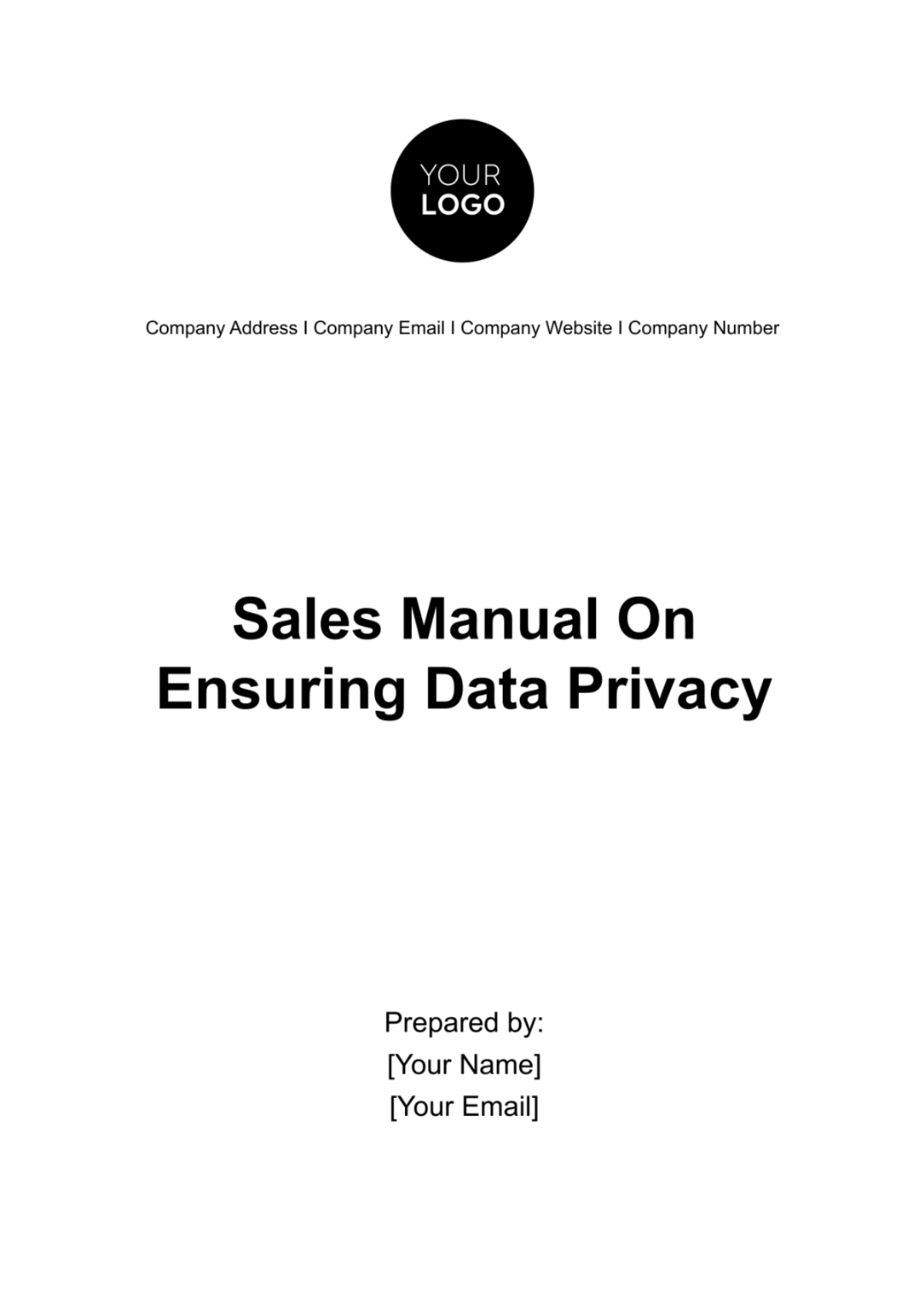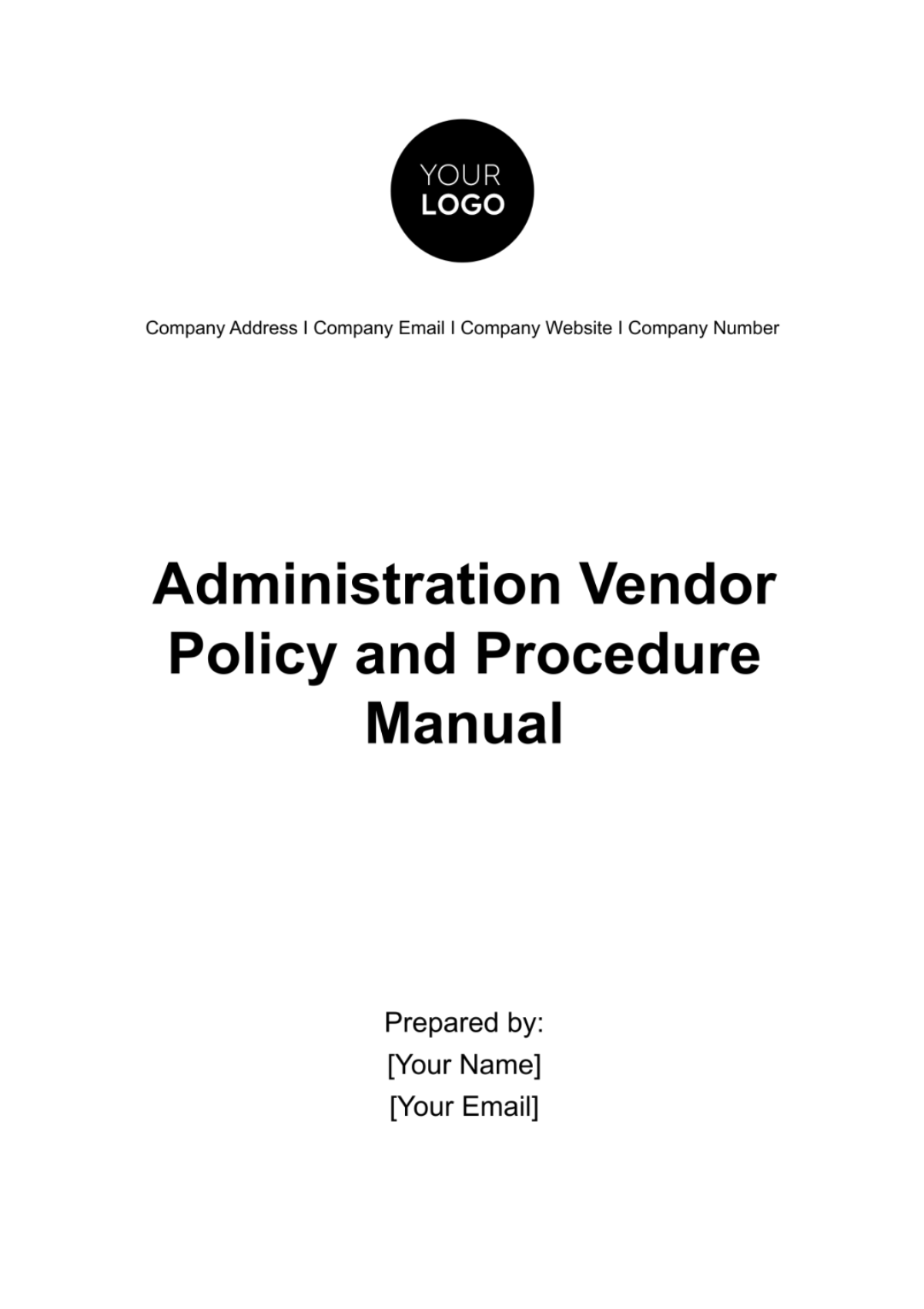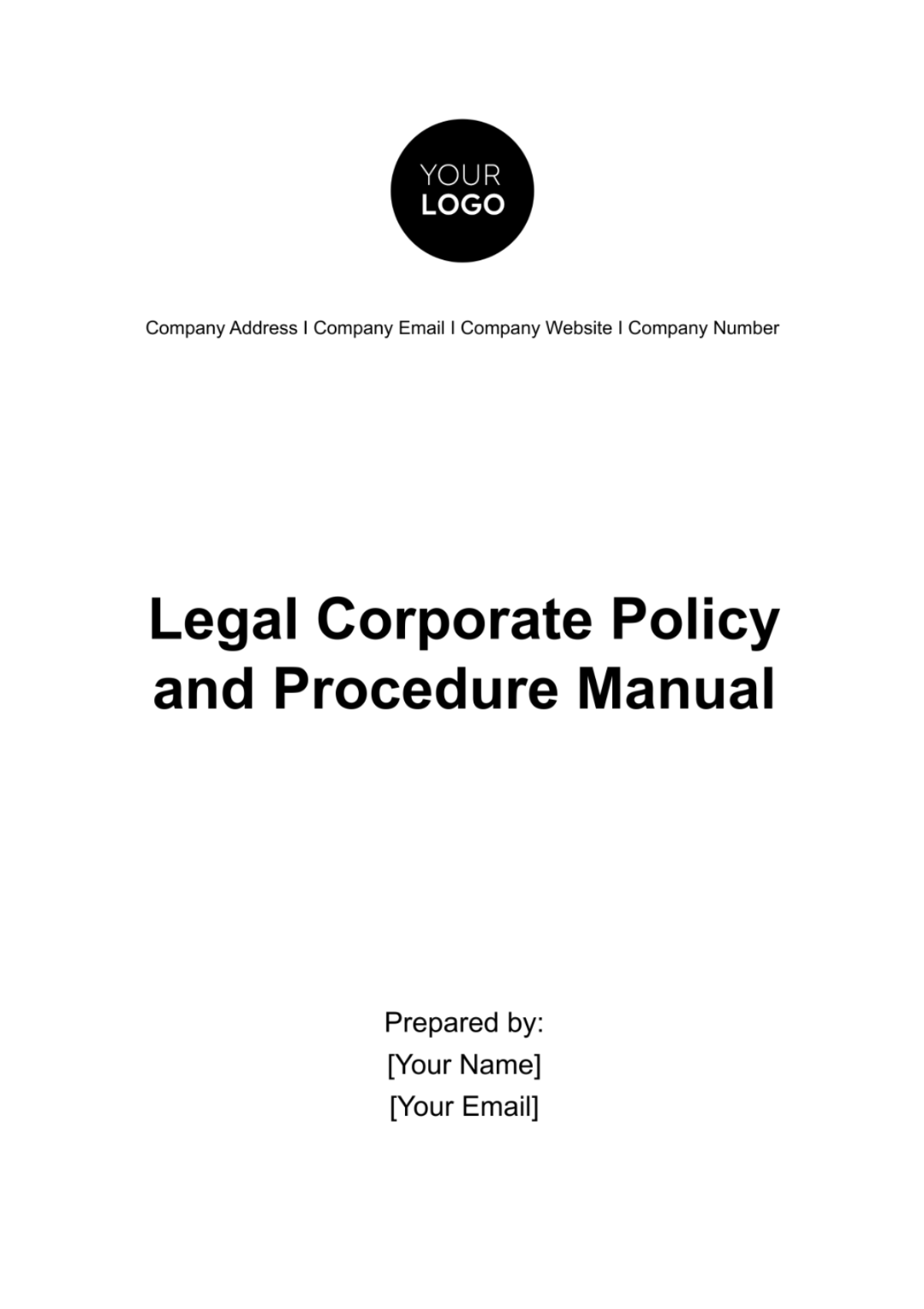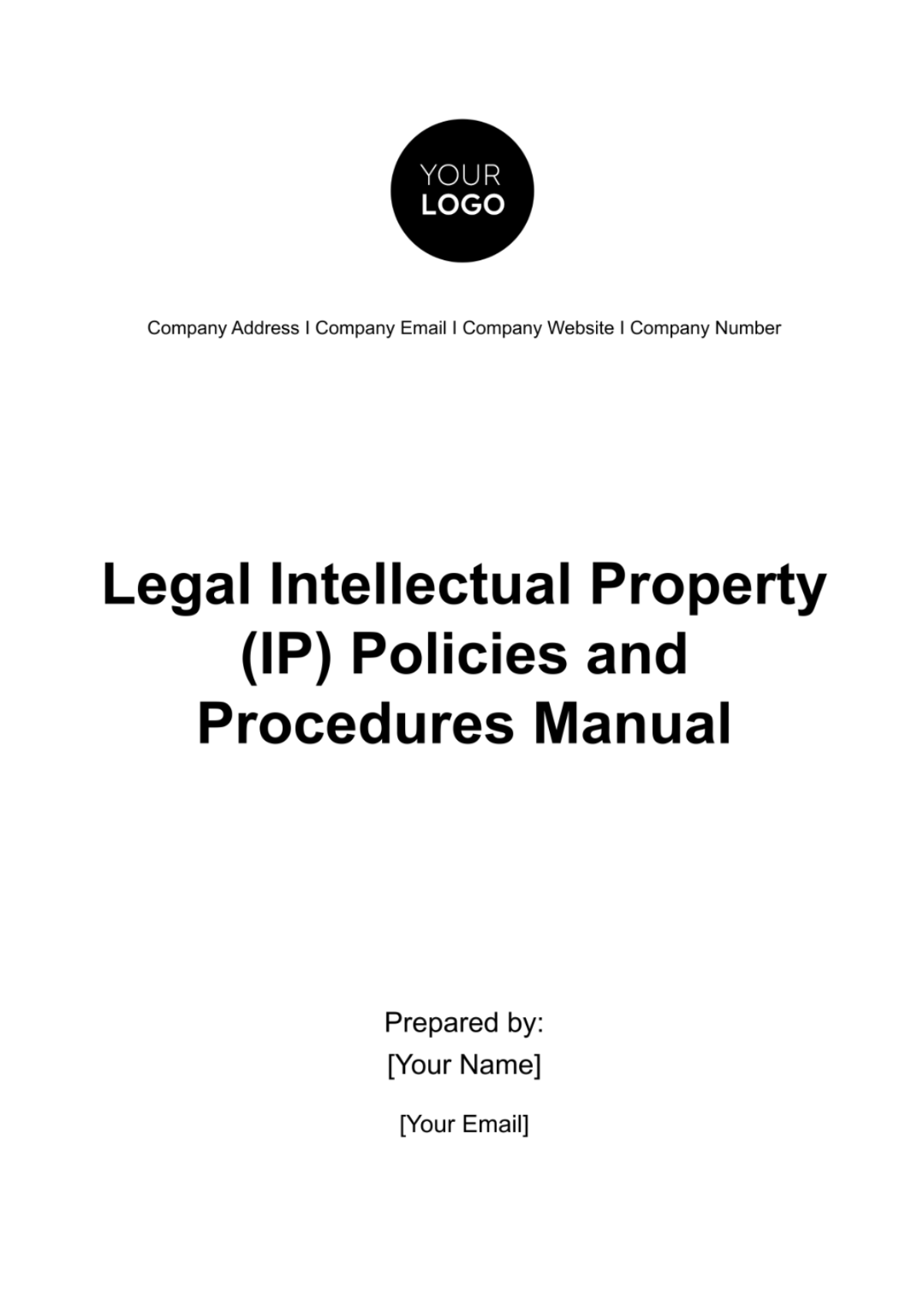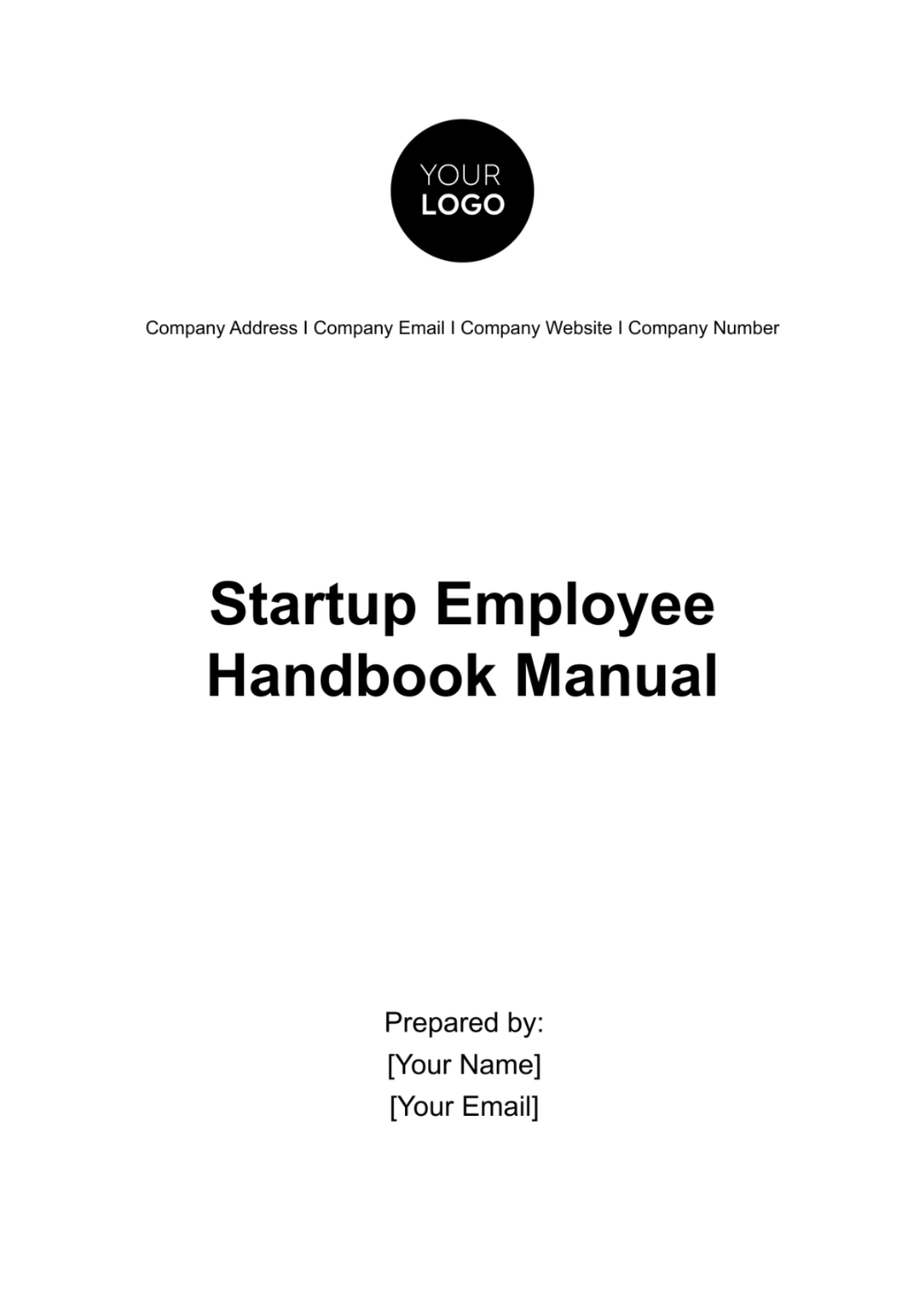Diversity and Inclusion Crisis Management and Response Manual
Introduction
Welcome to the Diversity and Inclusion Crisis Management and Response Manual for [Your Company Name]. This manual serves as a vital resource to guide our commitment to fostering a diverse and inclusive workplace. Our dedication to diversity and inclusion is grounded in both ethical principles and compliance with US HR legal guidelines.
This manual outlines protocols and procedures for effectively addressing and mitigating crises related to diversity and inclusion within our organization. It is our collective responsibility to uphold these values and adhere to the standards outlined herein.
Policy Framework
Organization's DEI Mission Statement: At [Your Company Name], our commitment to diversity, equity, and inclusion (DEI) is unwavering. Our mission is to create an inclusive environment where every individual, regardless of their background, feels valued and has equal opportunities to thrive.
DEI Policy Overview: Our DEI policy outlines our core principles and objectives, emphasizing fairness, respect, and opportunity for all. This policy reflects our dedication to promoting diversity at all levels of our organization, fostering an inclusive atmosphere, and eradicating discrimination and bias.
DEI Policy Overview: Our DEI policy outlines our core principles and objectives, emphasizing fairness, respect, and opportunity for all. This policy reflects our dedication to promoting diversity at all levels of our organization, fostering an inclusive atmosphere, and eradicating discrimination and bias.
Definitions and Examples
Diversity | The range of differences among individuals, including but not limited to race, gender, age, religion, sexual orientation, and abilities. |
Equity | Ensuring everyone has access to the same opportunities and resources, addressing historical disparities. |
Inclusion | Creating an environment where all individuals feel welcomed, valued, and able to contribute their unique perspectives. |
Examples of DEI Incidents
To illustrate potential DEI crises, here are examples:
Unequal opportunities for career advancement
Offensive remarks or slurs
Discriminatory hiring practices
Harassment based on gender identity
Roles and Responsibilities
HR Department's Role
Timely and empathetic response to reports of DEI incidents, ensuring confidentiality and non-retaliation.
Conducting impartial investigations, documenting findings, and taking corrective actions when necessary.
Coordinating internal and external communication during crises, working with the crisis communication team.
Developing and implementing DEI training programs to prevent incidents and promote awareness.
Senior Leadership's Responsibilities
Demonstrating a commitment to DEI through their actions and communication.
Providing HR with the resources needed for crisis management and response.
Participating in critical decisions related to DEI crises and solutions.
Ensuring accountability for promoting DEI across the organization.
Employee and Stakeholder Roles
Promptly report DEI incidents or concerns using established channels.
Provide information during investigations and maintain confidentiality.
Participate in DEI training and engage constructively in promoting an inclusive environment.
Support the organization's DEI mission by respecting differences and fostering inclusion.
Reporting Procedures
Confidentiality and Non-Retaliation Assurance
At [Your Company Name], we prioritize the safety and well-being of our employees and stakeholders. Our reporting procedures are designed to protect individuals who report diversity and inclusion (DEI) incidents.
We maintain the utmost confidentiality throughout the reporting process, sharing information on a need-to-know basis only. Additionally, We strictly prohibit any form of retaliation against individuals who report DEI incidents in good faith. Retaliation is a violation of our policies and will be dealt with swiftly.
Reporting Channels and Mechanisms
We offer multiple reporting channels to accommodate diverse preferences:
HR Department: [Your Company Email Address]
Anonymous Hotline: [Hotline Number]
Online Reporting Portal: [Reporting Portal Website]
To ensure a prompt response and resolution of DEI incidents, we encourage timely reporting. It is essential to report incidents as soon as they occur or as soon as you become aware of them.
Crisis Assessment
In the event of a diversity and inclusion (DEI) crisis, a comprehensive assessment is crucial for effective management and response. Here's a step-by-step guide:
Identification → Severity Levels → Impact Analysis
Impact Evaluation
Identify and assess the impact on affected employees, teams, and other stakeholders. Consider emotional, psychological, and professional consequences.
Evaluate how the incident may affect the organization's reputation, brand image, and relationships with external partners, clients, or customers.
Determine if the incident poses legal or regulatory compliance risks, including violations of anti-discrimination laws or affirmative action requirements.
Incident Documentation
Ensure that all details related to the incident are documented promptly and comprehensively. This includes incident reports, witness statements, evidence, and communication records.
Safeguard all documentation in a secure and confidential manner, accessible only to authorized personnel involved in the crisis response.
Maintain a clear chain of custody for evidence to ensure its integrity and admissibility, especially if legal actions are anticipated.
Use standardized templates and formats for documentation to maintain consistency and facilitate future reference and reporting.
Communication Strategies
Internal Communication | |
Timely Notifications | Immediately inform relevant internal stakeholders, including employees, leadership, and DEI committees, about the crisis. |
Transparency | Be transparent about the incident's nature, impact, and steps being taken to address it. |
Regular Updates | Provide regular updates on the progress of the response and any changes in the situation. |
External Communication | |
Controlled Messaging | Designate specific individuals or teams to handle external communication and ensure a consistent and controlled message. |
Legal Compliance | Ensure that external communication complies with legal and regulatory requirements, while safeguarding the organization's interests. |
Community Engagement | Engage with affected communities, external stakeholders, and advocacy groups as needed to address concerns and foster positive relations. |
Crisis Communication Team
Role | Responsibilities |
Spokesperson | Serves as the official spokesperson for the organization, delivering consistent and accurate messages to the media and the public. |
Media Liaison | Coordinate with the media, schedule interviews, and provide information while ensuring alignment with the approved message. |
Legal Advisor | Offer legal guidance, ensuring all communications comply with applicable laws and regulations, and advise on potential legal risks. |
HR Representative | Provide insights into the impact of the crisis on employees, offer guidance on internal communication, and address employee concerns. |
DEI Expert | Offer expertise on diversity and inclusion issues, ensuring that DEI-related concerns are appropriately addressed in communication. |
IT/Technical Support | Manage technical aspects of communication channels, ensuring reliable and secure communication. |
Investigation and Documentation
In cases of diversity and inclusion (DEI) incidents, a thorough investigation is essential. Here's a concise overview of the investigation process:
Legal Considerations
Ensuring legal compliance in diversity and inclusion (DEI) matters is paramount. Here's a brief overview:
Anti-Discrimination Laws and Regulations: We adhere to all applicable US anti-discrimination laws and regulations, including but not limited to Title VII of the Civil Rights Act, the Americans with Disabilities Act (ADA), and the Age Discrimination in Employment Act (ADEA), to prevent discrimination based on race, gender, age, disability, and more.
Affirmative Action Compliance: We are committed to affirmative action compliance, promoting equal opportunities and diversity in our workforce, and complying with federal regulations related to affirmative action.
Non-Disclosure Agreements (NDAs): NDAs are used when necessary to protect sensitive information related to DEI investigations and incidents, ensuring confidentiality while adhering to legal standards.
Training and Education
We prioritize diversity, equity, and inclusion (DEI) through comprehensive training programs covering bias, cultural competence, and leadership. Awareness initiatives, including workshops and webinars, bolster our commitment. We monitor effectiveness through assessments and feedback, ensuring our efforts create an inclusive workplace. Contact [Your Name] at [Your Email] for training inquiries.
Community Engagement
Engaging with our communities and stakeholders is pivotal to our commitment to diversity and inclusion (DEI).
The following bar chart visually represents the importance levels of our community engagement strategies. Each bar corresponds to a strategy, and its length signifies its priority.
Recovery and Prevention
Following crisis resolution, we focus on recovery and prevention. We implement crisis resolution and recovery strategies to restore harmony, establish preventative measures to avert future incidents, and ensure ongoing monitoring and adaptation to uphold our commitment to diversity and inclusion.
Here are some preventive measures that can help mitigate DEI-related issues and contribute to a more inclusive workplace:
Continuous Training
Policy Reviews
Anonymous Reporting
Diversity Metrics
Diversity Recruitment
Monitoring and Evaluation
We uphold our commitment to diversity and inclusion through diligent monitoring and evaluation. This involves tracking Key Performance Indicators (KPIs) to measure progress and conducting periodic assessments of our DEI initiatives. These practices ensure ongoing improvement and accountability in our journey toward a more inclusive workplace.
Conclusion
In conclusion, we reaffirm our unwavering commitment to diversity and inclusion. We recognize the importance of fostering an inclusive workplace and are dedicated to continuous improvement. Your feedback is invaluable in our pursuit of a more diverse, equitable, and inclusive environment. Together, we will strive for positive change and embrace the richness of diversity.
